
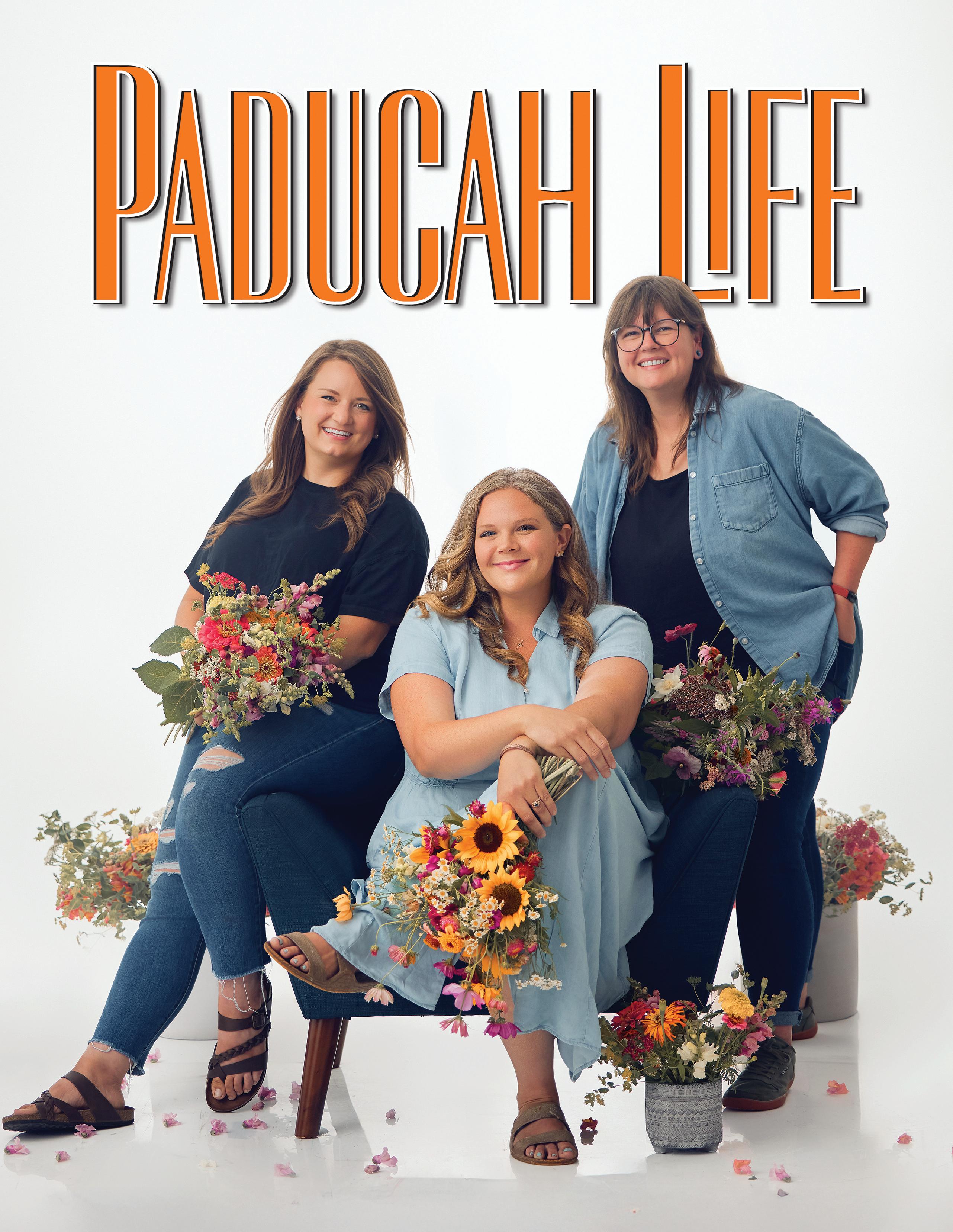
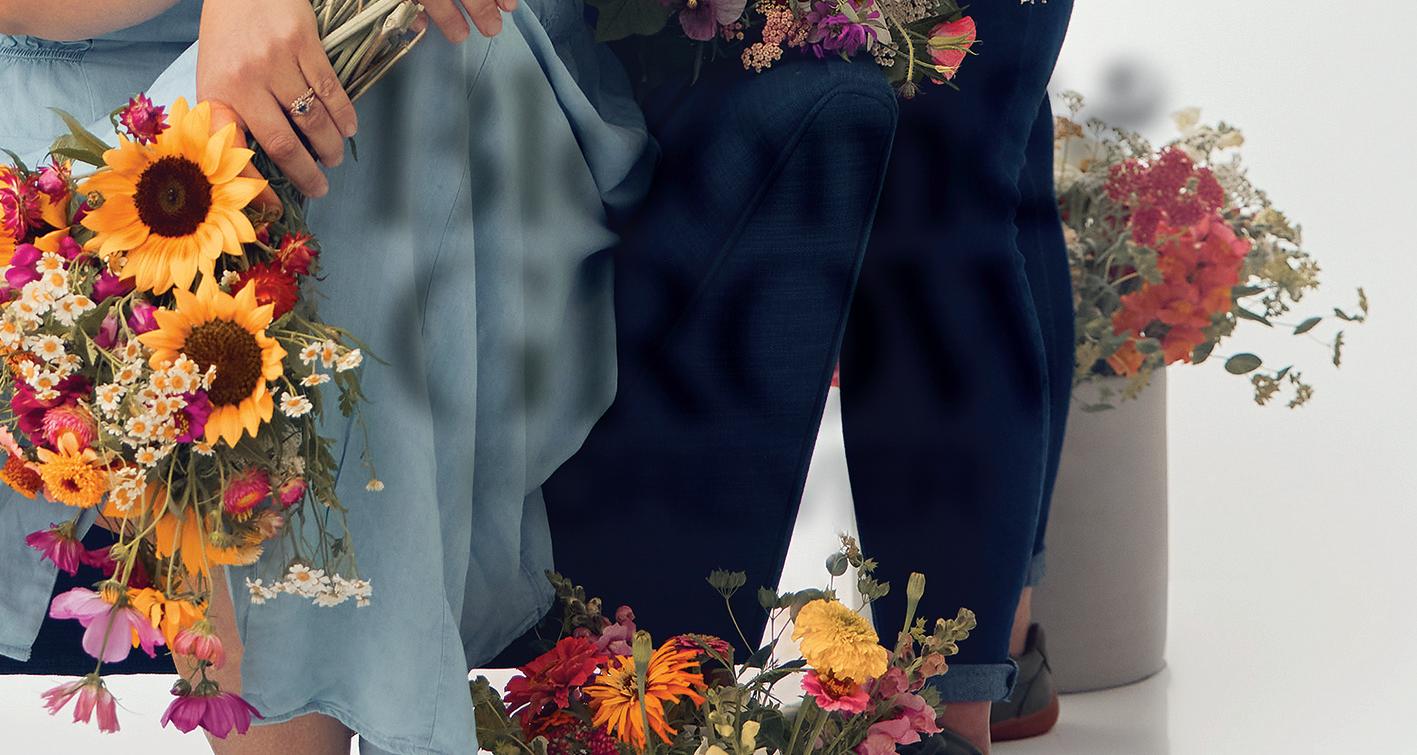








We perform advanced general and minimally invasive procedures, including lapa roscopic, open and robotic-assisted surgery.
Using advanced techniques and innovative technology, we offer treatment for:
r
•Gallbladder, , small bowel, colon and appendix disorders.
•Hernia (inguinal, umbilical, incisional, ventral and hiatal).
•Skin disorders, including benign and malignant skin cancers.
•Patients who need Mediport placement.
For more information or to schedule an appointment, call 270.538.9555.

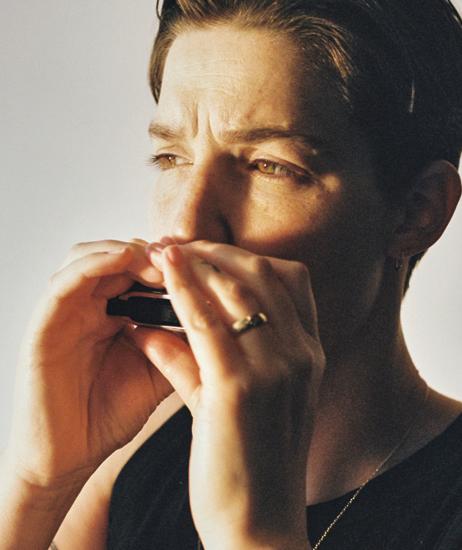
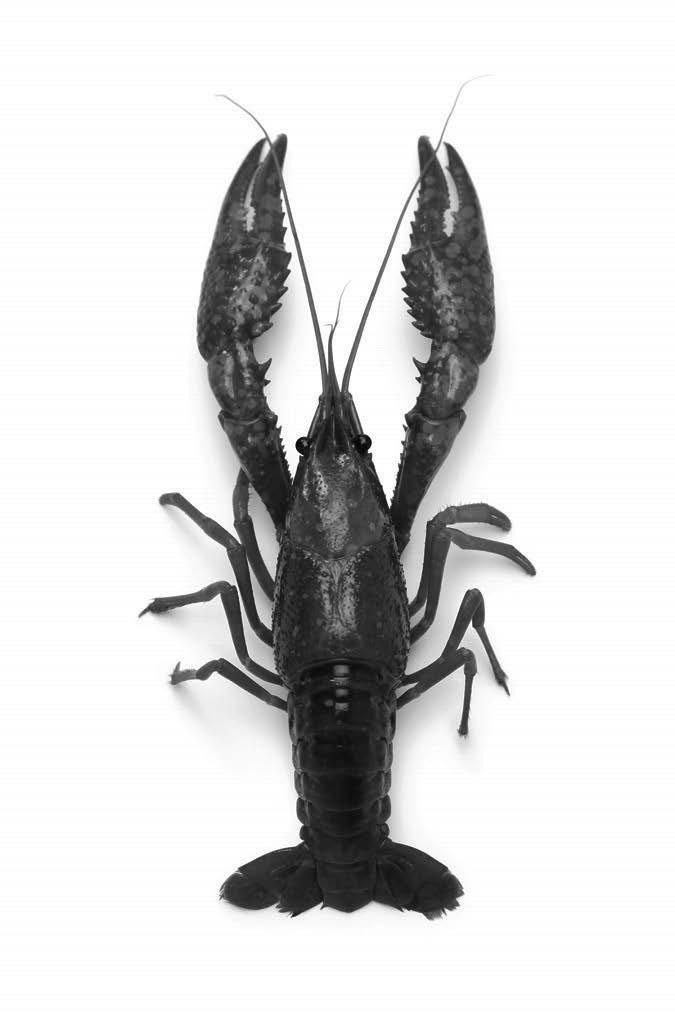


executive editor/ PUBLISHER
Darlene M. Mazzone �
associate EDITORS
Amy Clevidence
Stephanie Watson
Amy Sullivan �
art DIRECTOR
Scott McWilliams �
associate art DIRECTOR
Amanda Newman �
editorial PHOTOGRAPHY
Amy Wright �
cover PHOTOGRAPHY
Brad Rankin � on the COVER
Jordan Stay, Sarah Helton and Brittny Miller �
Paducah Life is published six times a year for the Paducah area. All contents copyright 2025 by Mazzone Communications. Reproduction or use of the contents without written permission is prohibited. Comments written in this magazine are those of the authors and do not necessarily reflect the opinion of the ownership or management of Paducah Life. Subscription rate is $29.95 for six issues. Subscription inquiries, all remittances and all advertising inquiries should be sent to Paducah Life, 2780 D New Holt Rd. #346, Paducah, KY 42001. Phone: (270) 556-1914. This magazine accepts no responsibility for unsolicited manuscripts, photography or artwork. All submissions may be edited for length, clarity and style.
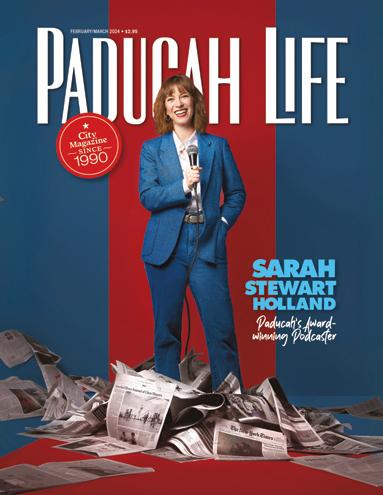














On bitter winter mornings, she gathered eggs and milked cows. In steamy summer heat, she picked blackberries in a long-sleeved shirt and gloves. In the heavy humidity of a western Kentucky evening, she harvested prickly cucumbers from meandering vines and bristly okra from fuzzy, leafy stems. And we won’t even get into the labor-laden tasks of canning and preserving EVERYTHING that came out of that garden.


So, when I told her that our son Paul was marrying a girl who was an organic farmer, her response was . . . Why? Not why was he marrying Suzanne, but why was she a “farmer.” Her association with the word is certainly now a “bit” more nostalgic, but nonetheless still remains related to a lifestyle that she was none too ready to escape when she left the homestead.
Alas, SHE then married a farmer and although the next generation of work did become less labor-intensive, there was still the huge garden to handle, except now she had a helper—me! I’d have to say I share her rearview mirror perspective. Looking back, the work was honest and fulfilling as we indulged in bountiful, beautiful fresh vegetables and organic beef from our herd of Herefords. But I’m pretty sure I can remember saying to my mom when I left for college, “I will never dig another potato out of the dirt!”
Of course, the both of us duly honor the work Suzanne is currently doing. We know the tremendous value of young people like her making the decision to cherish the land and nurture its ability to sustain us. And for that we are truly and sincerely grateful. ‘Cause we have to admit—we just don’t want to dig any more potatoes.
Darlene M. Mazzone
darlene@paducahlife.com

by S HANNON WEBB




In western Kentucky a gentle revolution is blooming. Jordan
Stay, Sarah Helton, and Brittny Miller grow flowers—and a way of life—slower, sweeter, rooted in rhythm and grace. Their farms and gardens are little worlds of joy—places of abundance, connection, and quiet magic.


WHAT BEGAN AS A MOTHER’S GIFT TO her newborn son has quietly blossomed into a small, pollinator-filled paradise tucked among the back roads of Western Kentucky.
Sarah Helton met her husband Adam in high school through Future Farmers of America—a program she credits with giving her both a purpose and a partner. The Helton Homestead didn’t begin with a master plan. It emerged gently, with baby Everett in arms, as Sarah found herself yearning to grow food for her family.
“I just wanted to grow my son’s food,” she says simply. “That’s how it all started—six years ago.”
When she brought a bouquet of homegrown flowers to a friend’s party, the blooms were so well-received that she began to dream beyond the backyard. What started as garden gifts soon turned into custom orders. Then came a Facebook page. And before long, a full-blown cottage business was blooming.
Today, the homestead stretches across three neighboring plots—her own yard, a nearby lot they purchased, and a third graciously loaned by a retired neighbor named Mr. Burkey. “He gets way better sun,” Sarah laughs. “And he’s taught me so much.” Mr. Burkey offered not only his land, but also his quiet mentorship. “He taught me how to do it right,” she says. Now, he’s more than a neighbor. To Everett, he’s a grandfather figure. To Sarah, he’s a patient guide—watching her grow from garden apprentice to farmstand florist.
Flowers bloom in waves: zinnias, cosmos, strawflowers, and sunflowers, to name a few. “I pick out almost all of my flowers strictly on vibes and how it makes me feel. If it’s whimsical and fun, I’ll grow it!” It’s playful chaos, but curated.
Sarah’s chickens roam freely. The bunnies, raised for their manure, nest happily in their hutch. A waddling of Indian Runners and Cayuga ducks dart through shaded corners of the yard like they’re definitely up to something. Everything works together: the animals nourish the garden, and the garden feeds the people.
Her greenhouse hums with quiet magic—seedlings pushing up, trays of future bouquets taking root. “November and December are the only months I’m not in here,” she says. Solar café lights flick on at dusk, casting a warm glow that lingers long after the planting is done.
Much of what’s harvested finds its way to the Wildflower Wagon, a portable, micro farm shop adorned with scripture and stocked with whatever the land gives that week: jars of blooms, bundles of eggs, freshly baked bread. “Consider the wildflowers,” it reads. And that’s exactly what Sarah does each day with gratitude.
She’s adding dried flowers too—“so the beauty can last,” she says. Through the colder months, she sells simmer pots and continues crafting organic tallow skincare— extending the homestead’s reach well beyond the growing season. Social media brings in custom orders, and draws people to visit the roadside shop. Sarah also loves bringing the wagon to town for pop-ups in partnership with other small businesses, and build-your-own-bouquet parties.
Homeschooling blends naturally into the rhythm of it all. Everett has his own little plot and a trellis he built himself to support the vine of a delicata squash. Garden days double as science lessons, art class, and real-life problem solving. Future dreams include converting a vintage trailer into a homeschool studio and adding sheep to the mix when the time is right.
Sarah lights up when talking about the kinship she’s found among other flower growers—women bound by a shared sense of wonder and generosity. “There’s something about flower women,” she smiles. “Even though we’re all so different, we’re somehow the same.”
In every corner of her homestead, from the greenhouse glow to the duck-dotted yard, Sarah has cultivated more than just flowers—she’s grown a life that is rooted and radiant. What began as an act of love for her son is blooming into something bigger: a rhythm of giving, growing, and grace. The Helton Homestead is still unfolding, but already, it stands as living proof that where love is alive, beauty will thrive.




THERE IS A HIDDEN GEM IN THE WEST JEFFERSON neighborhood of Paducah—Brittny Miller’s backyard garden, humming with life. Birds dart through native grasses, bees sip from heirloom mums, and her daughter Tildie proudly reads aloud the names of insects she has identified from a giant book on her lap. A bright corner is full to bursting with red and white poppies. It’s not a formal garden, but an intentional wildness—where beauty, ecology, and a love for heritage plants and cut flowers grow together.
“I just want to grow it until I don’t have to mow,” Brittny laughs. That spirit—half joke, half mission—is the root of her garden’s transformation. What began as a pandemic project while pregnant with Tildie has blossomed into a full-fledged ecosystem. She has always had her hand in something creative, from the culinary to visual arts. When her downtown bakery business came to an end and she was preparing for the adventure of motherhood amidst the uncertainty of the pandemic, Brittny found herself happiest in the garden. “I thought— okay, it’s time to do all the pretty growing things I’ve always dreamed of.”
In a yard once overrun with mint, Brittny’s collection has gradually expanded over the years into beds of native perennials and heirloom flowers. Columbine, echinacea, yarrow, milkweed, and brown-eyed Susans now anchor her beds, while compost tea made from cinnamon, nettle, and chamomile feeds the soil. “It’s not just about beauty—though I love that—it’s about building an ecosystem,” she explains.
Everything in Brittny’s garden has a purpose. Native plants support pollinators. Seed heads feed the birds. Grasses like little bluestem provide nesting material. Even her prized heirloom mums—non-natives she admits with a smile—play a role. “They attract aphids, which bring in ladybugs. It’s all connected,” she explains.
The mums are her true floral obsession. After discovering how rare heirloom varieties are, she started preordering from specialty growers like King Mums. One year, she received a surprise box of 30 unknown varieties. “They were gorgeous. Now I root cuttings to expand the patch,” she adds.
Her eye for timing and care is sharp. Poppies, for instance, must be harvested just before they open and have their stems seared to maintain their vase life. “You miss it—you miss the magic,” says Brittny.
Growing these distinct and desirable flowers has opened up a unique opportunity for Brittny to sell some of her blooms locally to Sarah Falder at
Flower & Furbish, which happens to be right around the corner from her house. “It’s been a lot of fun,” Brittny comments. “Sarah buys my mums and poppies, and I also grow some things that big growers don’t usually stock—like native cultivars with special colors or forms.”
One raised bed of the garden belongs entirely to Tildie. “She picks what goes in it, cuts what she wants, and gives away bouquets to friends,” her mom proudly pronounces. It’s messy and delightful, full of radishes, cherry tomatoes, and whimsy. “She uses all her muscles to dig for garlic,” Brittny says with a smile.
Part of the magic of Brittny’s garden is that neighbors stop by to admire the wildflowers, ask questions, and point out different things to their kids. Sharing her garden wisdom is a place where Brittny really shines—not only with the neighbors, but also among her community of flower-growing friends. Many of them are homeschooling moms with a heart for the outdoors. Helping others bring their garden dreams to life may be the next iteration of Brittny’s creative story, beginning with detailed plans for the backyard of her good friend Sarah Falder. “I have the sketches and seeds, so we are going to do her garden next!”
Brittny’s space is still evolving as she dreams of willow fences, shaded brick paths, and transforming the current detached garage into a greenhouse. That said, she is content in savoring the present season with Tildie by her side. “It’s a lot of work,” she admits, “but little by little it's becoming something amazing that brings us so much happiness.”




Ingredients
- 1.25 gallons boiling water
- 2 cups dried stinging nettle or borage or comfrey)
- 1 cup loose chamomile
- 2-3 sticks cinnamon
- ½-1 cup sheep or bunny manure or finished compost (optional)
Directions
Place all dry ingredients in a large pot. Pour boiling water over the mixture and stir well. Cover and steep for 12-24 hours. Strain out solids and store liquid in the fridge to use as needed.
To use, dilute 1-2 ounces of compost tea per one gallon of water and apply to plants.
Ingredient Benefits
Stinging Nettle is high in nitrogen, iron, and potassium. It’s excellent for leafy growth, young plants, and boosting plant immunity.
Comfrey supports strong overall growth, especially in perennials and fruiting plants. It’s great during flowering and fruiting stages.
Borage is rich in nitrogen and nutrients which encourages leafy growth. It’s also useful as a green manure—chop and drop leaves around your garden to feed the soil.











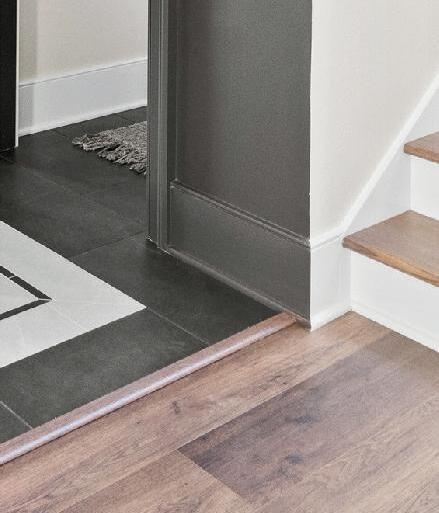


































































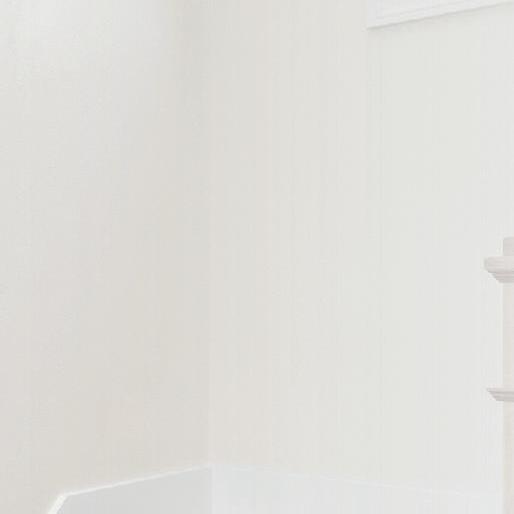








NESTLED ON A SUN-DRENCHED PATCH OF LAND IN WEST PADUCAH, THE
ESTLED ON A SUN-DRENCHED PATCH OF LAND IN WEST PADUCAH, THE STAY family has spent the last few seasons cultivating more than just flowers, veggies, and eggs—they’re growing a whole way of life.
After moving into their 1930s farmhouse in early 2023, Jordan and Bryan Stay began a complete home renovation, and simultaneously found themselves drawn to the rhythm of the land. “We wanted to live simply, to slow down,” Jordan says, recalling the challenges of their past careers in the music industry and police force. “Now we’re building something steady, sustainable, and beautiful.”
Life on the new homestead is made all the sweeter with four-year-old Ollie around, who loves to call in the hens. “Girls! Girls!” he bellows, as they come scrambling up to the porch for a snack. Stay Family Farms is bustling with over thirty hens, fresh baby chicks, bees, and a garden loaded with veggies—some for keeping, some for selling.


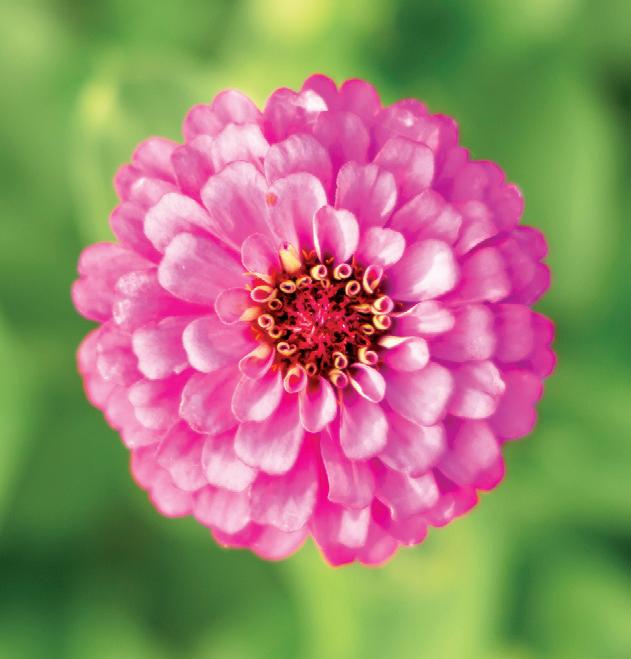

Second only to her heart for faith and family, it's easy to see that for Jordan, a passion for the ever-expanding rows of flowers runs deep. “I started with zinnias because they’re just happy. I think I needed that—something easy and colorful that would show up no matter what,” she explains.
“Every year we add more peonies,” she beams, gesturing to one that survived a late-season planting. Dahlias, Canterbury Bells, snapdragons, rudbeckia, and towering sunflowers line their fields. They’re experimenting with lesser-known beauties too, like hellebores, Baptisia, and rows of perennials meant to pay off in year three and beyond. In choosing what to grow, Jordan values beauty with endurance. Perennials aren’t just practical crops; they’re helping the Stays to weave roots into the land and build a long-term relationship with the place.
Though the flower business only officially launched in summer 2023, it already has regular customers and a growing reputation. “The farmers market has become a joy,” she says. “Talking to people, sharing what we grow—it fills me up,” Jordan comments.
As word has spread, Jordan’s flowers are finding their way into more hands and homes. She recently became the official florist of the Paducah Country Club and launched a local flower subscription service, offering deliveries to customers in the Paducah area.
One of Jordan’s favorite things has nothing to do with selling flowers—it’s about sharing them. She recently hosted a “flower potluck,” which has become a new tradition among some flower growers in Paducah and southern Illinois. They take turns opening their spaces to each other, and now Jordan’s soulful kitchen has become a place where friends new and old can gather to share their blooms, build arrangements, and enjoy an afternoon of flower talk and fellowship.
Beyond the flowers and flock, there’s a forest trail that goes deep into the woods on their land, a treehouse planned for Ollie, and bees whose hives have been lovingly relocated away from the pool to keep party guests comfortable. Bryan relishes the opportunity to catch a swarm when he can, and looks forward to the first honey harvest.
Jordan and Bryan make an inspiring team. In a relatively short time, they have jumped right into a wide range of homestead projects, and the most
attractive part about it is that they are clearly having a blast together, always laughing and learning. Near the roadside they’ve built a chic, rustic farm stand made from reclaimed barn wood from their property, stocked with eggs, blooms, and (hopefully soon) fresh herbs and homegrown tomatoes. Payment is on the honor system—drop your cash or check in the box and go. It’s homey, inviting, and a joyful way to share the harvest with the locals.
The long-term vision for Stay Family Farms is to become a destination for the community— within a living, blooming, working landscape. Jordan has plans to build a small venue for baby showers and workshops. Another dream on the horizon is to add a massive field of sunflowers as a backdrop that photographers can come to for photo sessions. And perhaps even a u-pick veggie garden one day. “Eventually, I want this to become a place where people create memories, beyond buying a bouquet,” says Jordan.
For now, they’re letting the land shape them and learning from each season. After a hailstorm destroyed some early crops, they patched the gaps with second successions and cuttings. When heavy rain damaged the dahlias, they salvaged what they could and made new plans. “It’s trial and error,” admits Jordan. “But there’s beauty in that too.”
Backed by a legacy of gardeners— her mom, her grandmothers, one who ran a floral shop—the work feels ancestral. Jordan tends her land the slow way, with vision, grit, and gentleness. The farm grows when and how it can, season by season, held together by grace in the small things. Rooted in soil, and rising always toward the light.





d l We are pleasedto joined Keuler, Kelly,


l hT announcethatTaylor Hutchins, Blankenship &
h C D.Cooper has Sigler, LLP as
k an associate attorney. A native of Murray, Kentuckyy, Taylor earned his undergraduate and graduate level business degrees from Murray State University before pursuing his law degree at the University of Louisville Brandeis School of Law. Taylor has extensive experience in litigation and regulatory law, having worked in all levels of government including for the City of Chicago, the Commonwealth of Kentuckyy, the Social Security Administration, and the United States Department of Labor. He focuses his practice on administrative law, civil litigation, employment law, municipal law, and insurance defense. Taylor is licensed in both Kentucky y and Illinois.

is pleased to announce that Lori J. Keen has joined the practice. Lori has been practicing law for 34 years and focuses her practice in the areas of general civil litigation, personal injury, transportation litigation, maritime, premises liability and professional liability. McMurry & Livingston has been in practice in Paducah for more than 50 years. We welcome Lori as the newest addition to our firm and McMurry & Livingston’s rich history of excellence in the practice of law.







J by Rhhodes omisak a naohann
R C

IEASY T’S
ds in upwar
f
y ound on fo
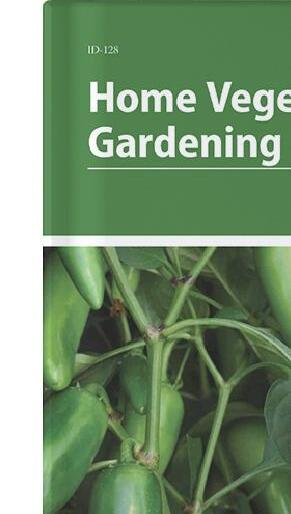








TAAINER CO Y SEE TO WHY NT orld of edibles. Cooking
es. Con v s shel ocery’ our local gr s w the



BE RAISED AND GARDENS popularity e of ha f
TREN ARE GARDENING D
ce ood sour fo a avving venienc wit ought has br y how
i ow some to gr y e b h it the desir
our door is also c y just outside





ildh
e, material, and the Spac


yamaticall
ome is still the same outc






















es to m e time it tak


ou ca y e, and visual pleasur ontainer g n addition, c I .container plan Almost an our table. y aew and the r o planted gr
ent la er a , cr year






lar foorting. y items not usuall NDING omf ih feew a or apartment ery ment ev e of sourc n in a ow be gr foor you something ion, and the ard e backy getables f ch or a f f or one with spac onybalc








rgge es to maintain a iik
















e all dr den ar gar ,, w y eating diff e f f ’ d i o pots of he or tw


Whether ndscape. n change the look aised dens and r ar s in th ow nt that gr own d of homegr r the deep satisfact with the edreduc di d po sunny bs, a r e an a v av y r e and the plac beds can be a ound can b e gr veg bs and her s g ontainer opti c g ion of seein ou ha






” wn.ow-your-ogr orld of “ w
e or one of the exten servic you e do I start?” “Wher










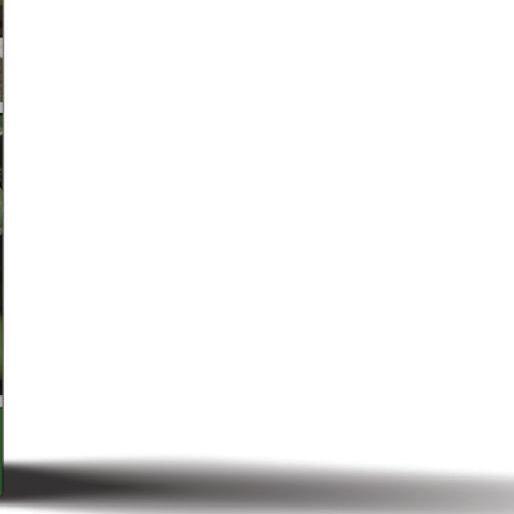







d ous specialized gar numer as 25 million people man section go to the gar ou need to put on gar y tips

es onlin sion servic







espac square eet of empty dening y over books c e some kind of v e S bookstor n of a es and sta v den glo
visit ust ask. J y r you , yar your n u ma ha dening the subjec g ontainer gar c s estim e it’ inc



f . I ggging you where e,
e y our c y t v to yead e r ounty art dig ring ct.
e e ar den, ther r mated that as ,feer ou pr y find all the extension e into the ef
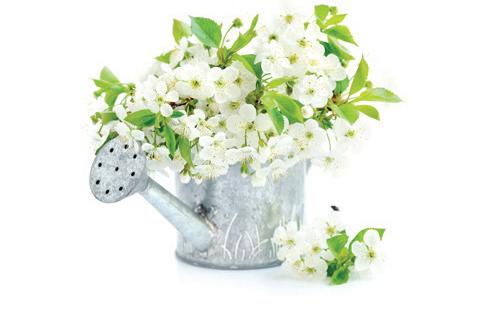
lives in a century-old two-story brick home in Lower Town with a neatly-kept small front yard. You’d never know she could nearly fill a grocery produce section with what’s growing in her backyard.
Lisa was born in Arkansas, but her family lived all over the South, planting vegetable gardens along the way. It’s a tradition going back to her grandfather, she says. “When the bush beans were ready to pick, the harvesting was a family affair.” She fondly remembers playing in the yard as a child and running into the garden to snap a juicy ripe tomato off the vine for a snack.
She brought the gardening tradition to Lower Town five years ago, when she and her wife, attorney Alisha Bobo, bought and began remodeling their historic North 7th Street home, once owned by Captain Louis Igert of Paducah’s Igert Towing. Consulting the book The Vegetable Gardener’s Bible, Lisa started her “four-season garden” modestly with one container she built out of wood and placed outside their back door. It held herbs she could quickly pick for that night’s meal.
But gardening is addictive she reminds us, and now a corner of the backyard is dotted with more durable metal containers filled with plants bearing masses of luscious green leaves and sturdy climbing vines. Lisa carefully calculates when to plant. “You wouldn’t want to have to pick all your cauliflower at one time,” she laughs.
Providing bounty throughout the year, the garden yields carrots and parsnips in the winter, followed by lettuces in the spring. To protect the plants from harsh weather, she uses small fiberglass hoops covered with fabric to make a sort of mini-greenhouse for her plants in colder months.

Achieving sustainability is one of Lisa’s goals. She doesn’t use chemicals or other fertilizers. Instead, she has her own compost rotator that takes in vegetable scraps and clippings and gives rich matter she can apply to the beds during the growing season or store in the winter. In return, she gets a summer filled with flavorful onions, shallots, tomatoes, cauliflower, beets, cabbage and hot red peppers that she grills, dries, and pulverizes into a smokey powder like paprika. Besides drying the extra produce, she cans for later use.
Lisa spends about an hour a day in her garden during the summer season, weeding and watching—watching for green shoots to pop out of the ground. At that point, she says, the garden takes on a kinship quality. Besides providing sustenance, the garden gives her a connection to her past, and as she says, “Watching it grow gives me hope for the future.” Indeed.

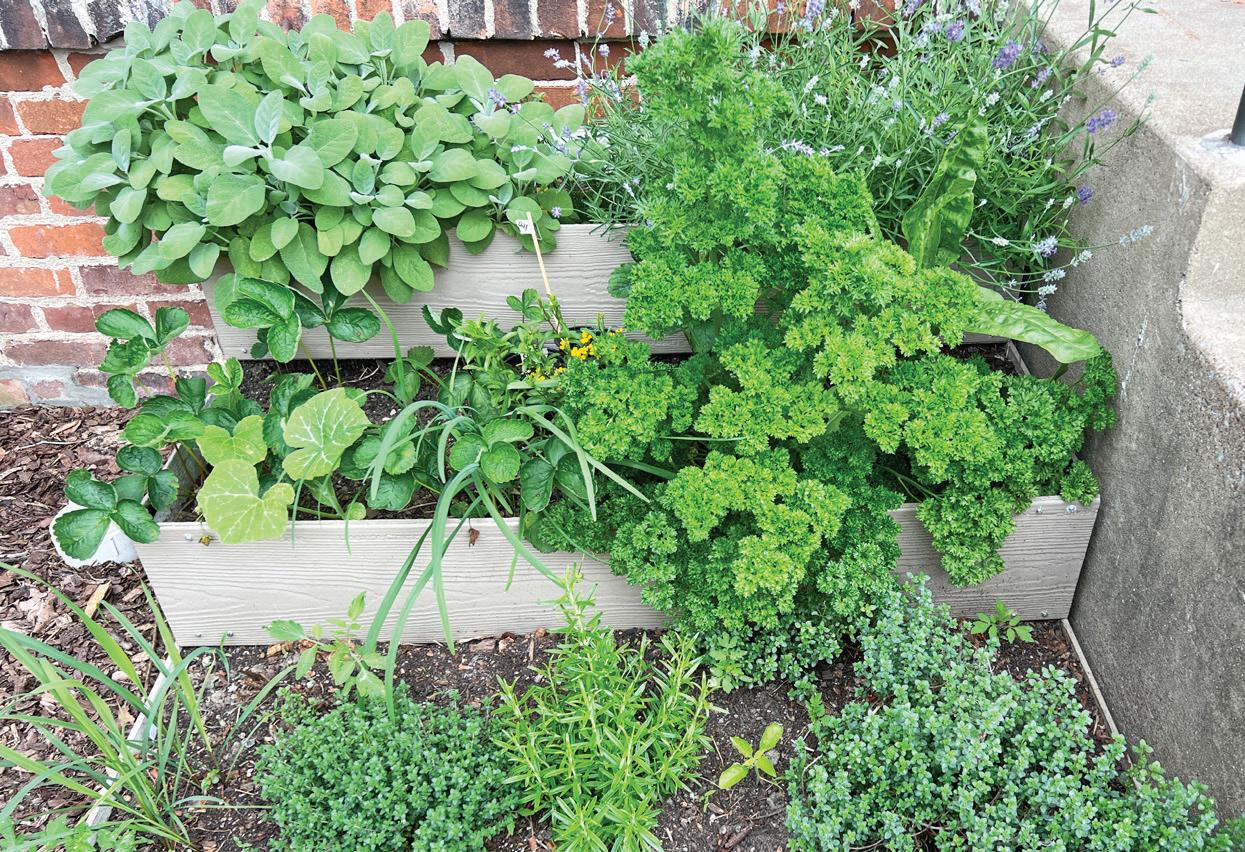


and a mother who put out vegetable gardens every year to help feed growing families, Bardstown, Kentucky, native Karin Ahrens almost feels compelled to follow their leads by planting something edible.
This is in addition to the bounty of color provided by perennials and annuals, some several generations old, in the backyard of the old house she and construction project manager Rick bought on North 7th Street in Lower Town seven years ago.
Karin smiles and calls what she does these days her “pot garden.” She’s been using containers for mostly herbs and a few vegetables for about 20 years because she’s never lived in a house with enough space to plant a garden the size she grew up with. Having just two people to cook for, Karin only plants a few of several varieties.
The garlic chives and onion chives she has on her porch deck and patio, waving purple heads in the soft afternoon breeze, have followed her around for 15 years and spend the winter outside. They never fail to reappear in the spring.
Karin’s containers are small enough that she can pick them up and move them to get more sunlight if necessary. Her backyard is heavily shaded, but the plants do get bright midday rays.
In her tiny space, she manages to grow cilantro, a few tomatoes, dill, lettuce, lemon balm, parsley, lemon thyme and mint as well as the chives. Rosemary hangs out year-round next to an angel a few feet away. There is very little waste in this miniscule garden. Karin and Rick consume most of it over the summer.
Karin scans her plants and with a twinkle in her eye, says, “Maybe I shouldn’t go around calling it a ‘pot’ garden after all.”
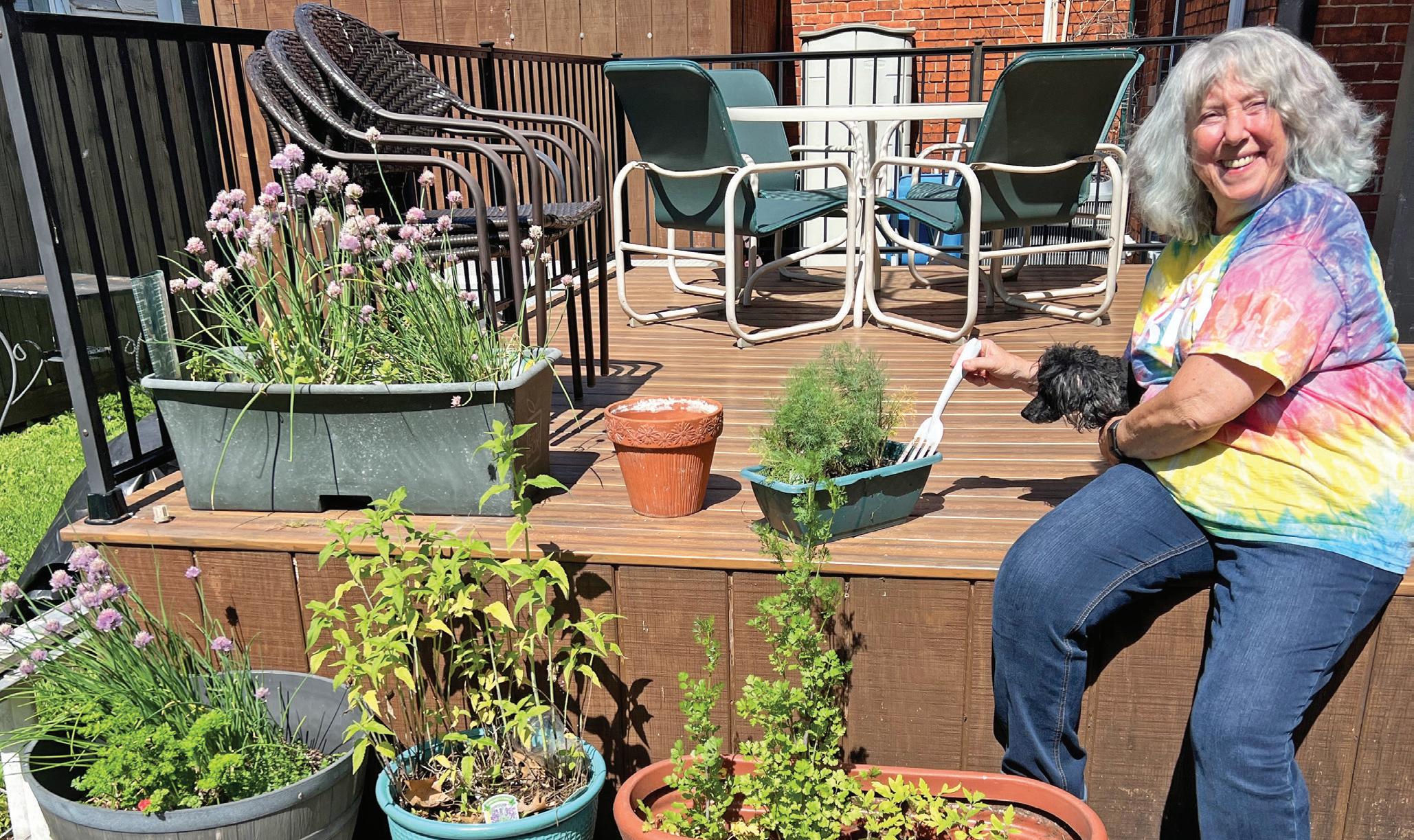





MARY BYRNE’S FAMILY NEVER HAD A vegetable garden. But having time and being curious, the Indiana native picked up a county extension book on how to garden about ten years ago and jumped right in. Being a D-I-Y person, it was easy for Mary to build her own wooden raised beds.
“Each year you want to do more,” Mary says. In the fall of 2017, she and her partner Tammara Tracy bought an old house on North 6th Street in Lower Town, last used as an attorney’s office. They removed a lot of concrete from the backyard, and the next spring, Mary put in three plant beds. With a new bed constructed in May, she now has seven of them.
Mary’s planting medium is compost from Paducah Public Works. She has the nutrient level tested, but so far she says she hasn’t had to add anything, and her plants flourish. Her top crops are romaine lettuce and spinach, most of which she gives away because it’s so prolific. And she always has green peas. She loves green peas, and hers are so sweet you can just pick a pod and eat the peas raw.
Last year, Mary lost many of her peas to a rabbit family that seemed to be ever present. It was a mystery where they were coming from. Later, she found their nest right in the middle of the pea patch. This year, she put up a “bunny barrier” of chicken wire.

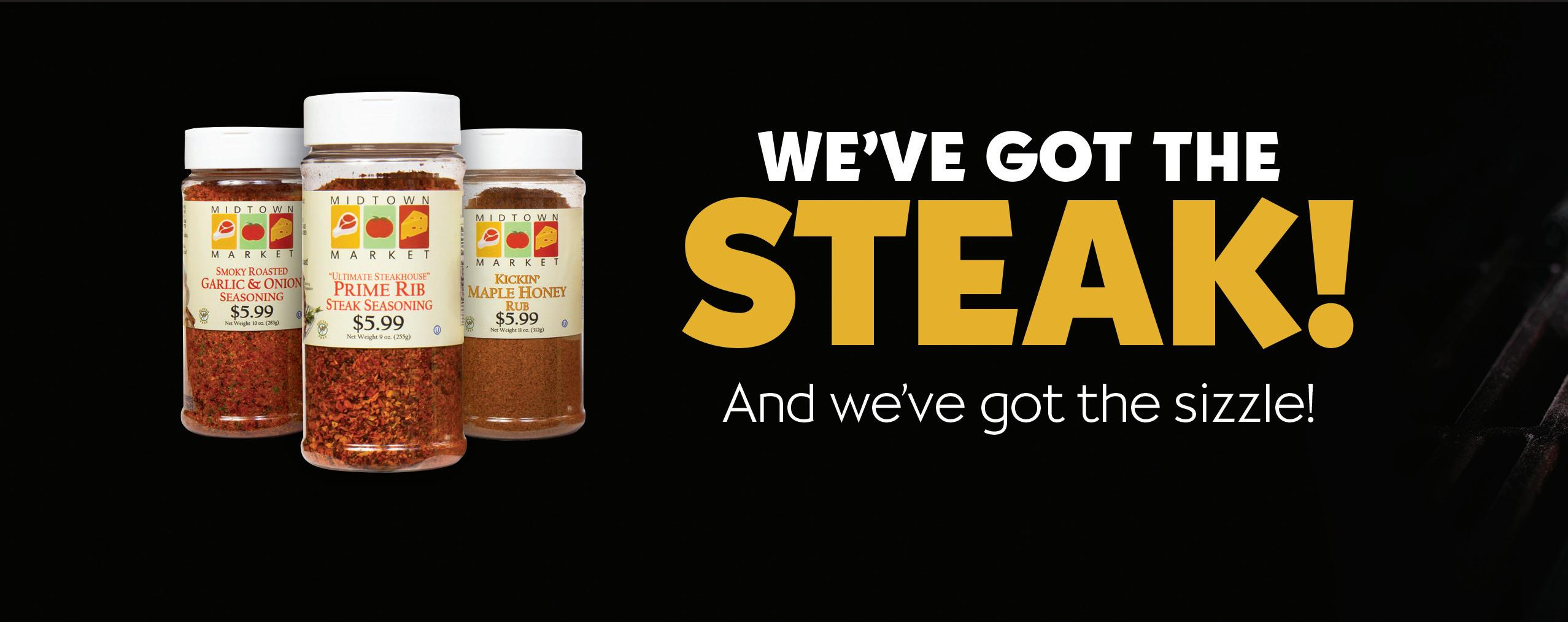

Mary grows rhubarb “because I couldn’t find it in the groceries” as well as beets, cucumbers, and asparagus. It takes two years or longer for the green spears to have a “vibrant” taste, she says. “It all comes from the roots.”
Tomatoes, garlic, and onions all thrive for her. The latter she planted last fall. “If they over-winter, they have a richer, deeper flavor,” she explains. She also grows beets and cucumbers. Her Roma tomatoes were all volunteers this year.
Mary cans the Romas, with the idea of making spaghetti sauce in the winter. She also cans beets and green beans. Even with multiple beds, Mary had to up-root a number of the Romas this year to make room for planting the Blue Lake green bean seeds. The surplus Romas are now growing in several other Lower Town gardens.
Though Mary prefers the small Romas, she always plants some Big Boy or Beefsteak varieties because, as she notes, “There’s nothing like a BLT with a big, beefy slice of tomato.”
Mary will probably keep adding to her raised beds—already she has some asparagus volunteers she’s been hovering over like a mother hen. “It’s the process that counts,” she elaborates. “When you get started, you say, ‘I could plant this or I could plant that.’”
Then, lowering her voice and looking up from the lacy asparagus shoots, Mary confides, “I almost like planting better than eating.”


you can take what resident Victoria Terra calls “a garden walk” along sidewalks and down alleys and see a variety of container and raised bed gardens. It’s like peeking through gates in the New Orleans French Quarter to find surprising gardens and exotic plants flourishing.
When Victoria and her ceramicist husband Michael arrived in 2008 as part of the Artist Relocation program, they found several clawfoot bathtubs in their twostory rehab house on North 7th Street. In her first summer here, Victoria used three of the bathtubs as containers for her own vegetable garden. That garden has now expanded, but the bathtubs are still part of it.
Victoria’s mother had a vegetable garden in Massachusetts where she grew up, and it was Victoria’s job to do the weeding. “It wasn’t much fun,” she admits. So, when she, Michael, and their daughter Artie moved to Tucson, Arizona, in 1988, Victoria took classes to learn how to grow things in the hot desert climate. The result was her first garden, yielding green peas and “hand melons,” which she describes as a kind of Native American watermelon. In her Arizona garden, she remembers finding half-eaten pea pods, and one day she saw toddler Artie just
biting a pea pod in half, leaving the rest on the vine.
In Paducah, Victoria decided to use waist-high raised beds of concrete slabs because, like the bathtubs, they are fairly low maintenance, necessary because of the Terra travel schedule. They drive all over the eastern half of the country selling Michael’s art and are gone days at a time. Michael and a studio assistant made the slabs which are art pieces in themselves. For years, Victoria only purchased seeds from the Territorial Seed Company of Oregon, but last spring she and fellow gardener Mary Byrne



attended the Baker Creek Heirloom Planting Festival near Mansfield, Missouri, and she came home with packets of heirloom seeds. (Heirlooms are varieties that have been around 50 years or more.) Now, she spends the winter browsing through all kinds of seed catalogs.
Victoria calls what she does “lasagna gardening,” employing layering. The first layer is ash from fireplaces or woodstoves followed by compost, then newspaper and finally a layer of leaves. In this case the leaves come from a gigantic sycamore that shades her whole house and much of the backyard.
Chives live in their container all year, and the asparagus has been here for five years. Victoria always grows peas and chard and lots of “greens.” This year she has four varieties of kale, five varieties of lettuce, and some arugula. “I like to grow things we can’t buy easily,” she says, pointing to the yellow snow peas she planted beside the regular green ones.
And, Victoria likes to experiment. This year she has a Japanese spinach variety called Komatsuna and tomato varieties Cherokee Purple and Chocolate Sprinkles. “I just had to have that last one,” she chuckles.
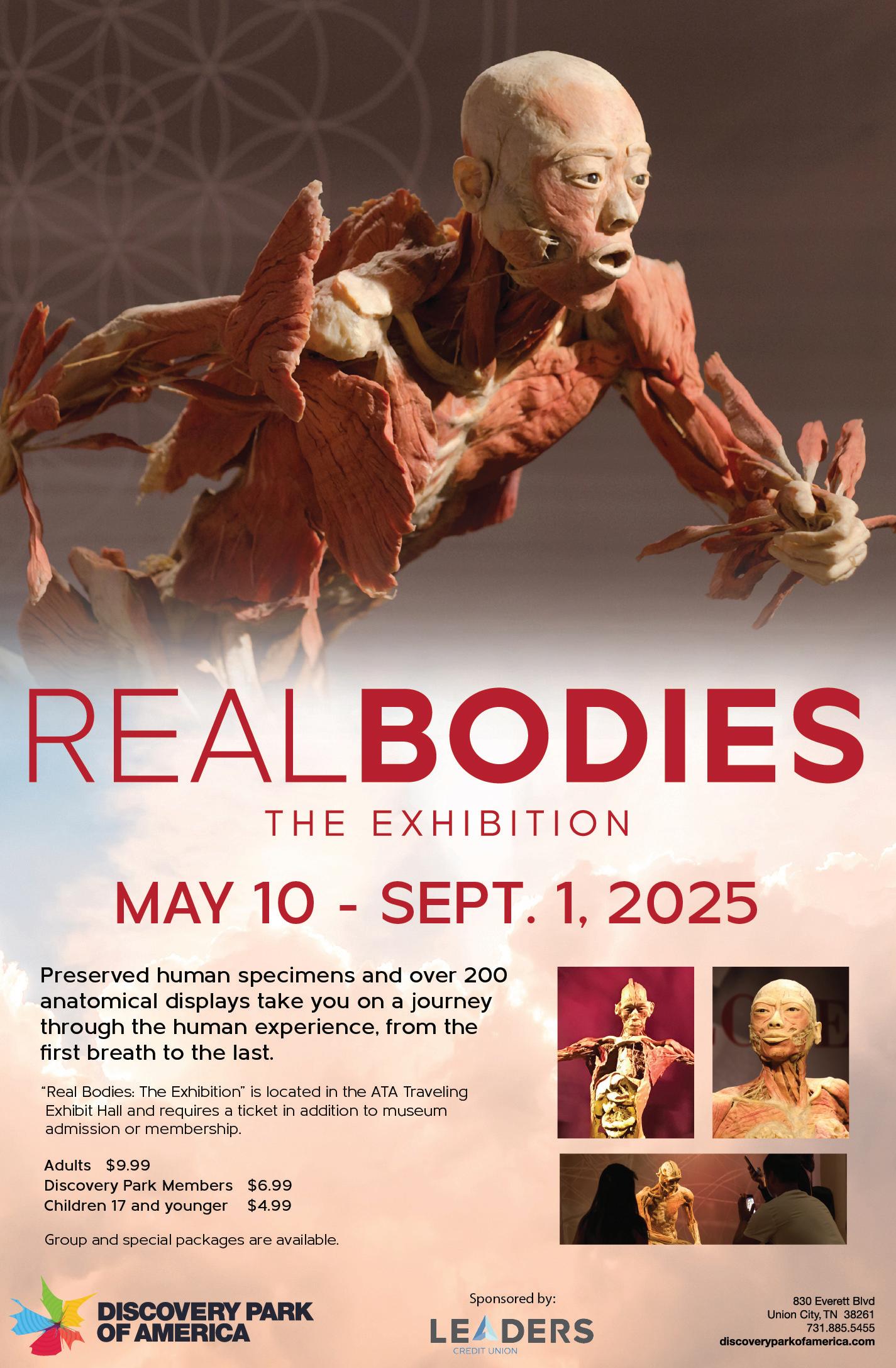

ity Fire Station number Five waS


THE MCCRACKEN COUNTY PUBLIC LIBRARY WILL feature the editor of Old-Time Kentcky Farmsteading Ways and Means based on the journals of Herbert Lee Clark. The presentation is part of the library’s 101 Series and will be held on September 11 at 5:30 PM. The discussion will be led by Louis DeLuca, the editor of the farmsteading collection of journals.
DeLuca will provide a PowerPoint talk about Herbert Lee Clark’s life and work. Descended from a long line of Shelby County, KY farmers and homesteaders, Herbert Lee lived his entire life in the small community of Harrisonville, KY. A stone mason by trade, he was also a farmer and believed in and practiced the old ways of self-sufficiency and hard work. He brought great creativity to his work, exhibiting folk artistry in his stonework and buildings, especially in the home he was building for himself and his wife.
Now retired, DeLuca is a former Director of the Kentucky Arts Council and Acting Secretary of the Kentucky Education, Arts, and Humanities Cabinet. Prior to that, he taught at the Yale School of Art and Architecture and the University of Kentucky College of Design. DeLuca now lives in Berea with his wife, Victoria Faoro. The program is free and open to the public. Contact Bobbie Wrinkle (bwrinkle@mclib.net) for more information.






by Amanda Hutchison


THERE IS A STONE COLONIAL house on the corner of Sycamore and Forest Circle with a small yet rich garden that enshrines it. The garden holds a variety of textures, structures, and colors that easily sets it apart from the generic home landscaping. Dabs of yellows from the moonshine yarrow, mixed with purple hues from the coneflowers, brushes of orange from the torch lilies, all mixed in with a variety of greens, demonstrate the prowess of its designer Chad Clark. With professional experience in art and architecture, it is not surprising that Chad has an eye for how to design with plants. “I like the oddball plants.” Chad shares. “I don’t really like flowers. I like the more architectural looking plants.”
Chad grew up around plants and people who were passionate about plants. “I grew up on a farm. My father and grandfather always had a vegetable garden. My mother had a flower garden and never bought a plant. She would get plants from friends and just stick them in the ground to see what would happen,” Chad adds. “So, I was always at least visually exposed to plants. When I was a teenager, I noticed a landscape trend in our area and I wanted to do it at our house. So, I was given permission to landscape our house. That was the first time I really designed anything.”
After graduating from high school Chad moved to New York City for school and then Los Angeles for work. The concrete jungles weighed on him. “It was only at my last apartment that I was finally able to attempt to garden. I lived in a Rudolph Schindler apartment building that was supposed to be a garden-style apartment. It was on a side of a hill and terraced down. Each retaining wall was supposed to be a garden,” Chad explains. “Nothing was growing there when I moved there, so I attempted to plant things but the soil was so bad I couldn’t get anything to grow.”
When Chad moved back to western Kentucky and bought his home in Paducah the very first thing he did was start planting. He tried planting lavender in the front of the house and quickly learned that lavender does not do well in Paducah. “I won house of the month then,” Chad says. “They wanted to take pictures and all the lavender was dead, so I quickly removed it and replanted the boxwoods from the back to the front. This gave me more room to plant in the back and it worked out well in the front of the house.”
When designing his garden Chad has tried to combine both formal structural elements with a more bohemian style. “I tried to mirror the architecture of the house in my garden design. The house has a traditional colonial style but the stone material of the house is more rustic and informal,” Chad explains. “I used more formal elements like boxwoods to honor that structure and then added in more arts and crafts styled elements to soften it.”
Chad advises that before planting, gardeners should come up with a concept. “Having a conceptual idea in mind helps give some structure to the design. It doesn’t have to be some high conceptual art idea, but it should be something that gives you order,” Chads says. “I’m currently working on a design for a friend. We are focusing on a silver border. This gives us some structure so we are not just choosing plants randomly. I’d also recommend before someone starts planting, that they get their soil tested. It can be done for free through the McCracken County Extension Office.”




Chad has distinctive areas in his garden. There is the English Border that leads from the street up the driveway. This design is inspired by one of Chad’s favorite designers—Gertrude Jekyll. “I am a huge anglophile so I’ve been inspired by a lot of British gardens,” Chad shares. “Gertrude Jekyll really resonated with me especially with her connection to architecture and her origins as an artist. I also studied art and architecture.” Jekyll was a garden designer known for applying color theory from her backyard as a painter in her garden designs.
Past the driveway through the Chinese Chippendale gate is the walled garden where peonies, hydrangeas, and clematis bloom. Finally, there is the shade garden where hellebores and hostas thrive. “The hellebores are one of my favorite plants,” Chad shares. “I discovered them my second year in Paducah. They were on sale at Rural King. I didn’t even know what they were. But they are great. They are evergreen. They bloom early and the bloom stays almost all year. I have started collecting them.”
Chad is often outside working in his garden, coffee in hand. He has also started designing gardens for others. “When I first moved here, I saw gardening as me just doing something I want to do. And I do believe in the philosophy that we should always try to make something better than how we found it, but that’s just part of it,” Chad reflects. “I’m starting to see the impact that gardening has in my neighborhood—how it betters the neighborhood and inspires others.”

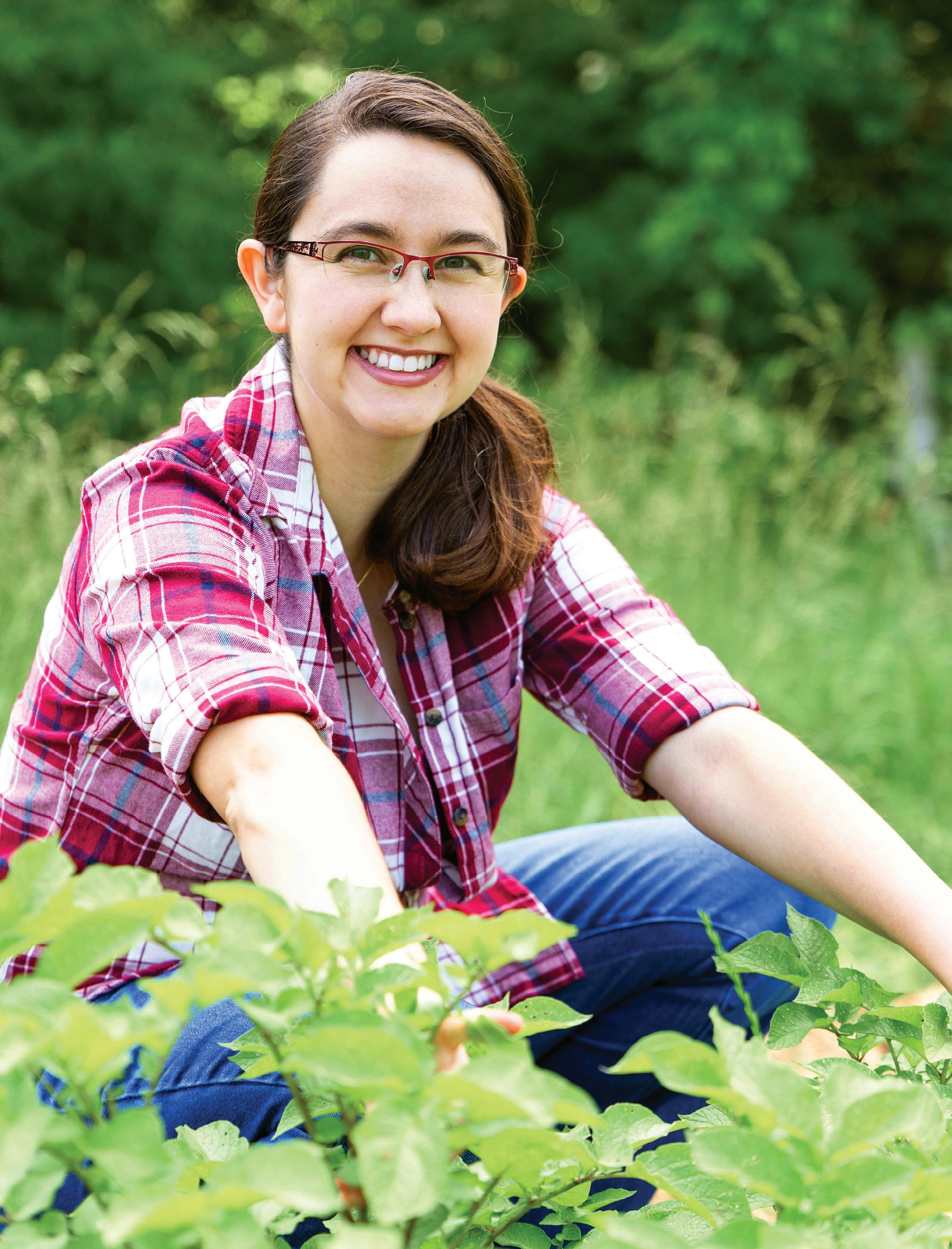
by A MY S ULLIVAN

Hannah Ranval and husband Patrick exercise a shared vision of supporting initiatives that benefit community development and the local food system. And it all started with a scholarship.
In 2018, Hannah was awarded the Grosscup Scholarship by the Garden Club of America which is given to support students in different fields of horticulture. Hannah used the $2,000 scholarship towards a summer apprenticeship at the University of Kentucky’s Horticulture Research Farm.
“I am very proud to be a representative for the GCA and grateful that I had experiences where I really got my hands in the dirt, so to speak,” Hannah said.
Hannah’s farming fascination started fermenting around age 13, when her mother, Angela Magney, after a year of surgeries that kept her bedridden, decided to start a farm as a way to rebuild her health. “Through watching my mom, I became interested in learning about how local food and the environment could interact to create healthier communities,” Hannah said. “We were not generational farmers. I felt like we were learning everything the hard way.”
At UK, Hannah decided to double major in sustainable agriculture and community and leadership development. During her apprenticeship, something that really resonated with Hannah was the amount of planning that goes into the management of crops—thinking ahead several seasons, and determining how to take care of crops and bedspace in the present to predict long-term growth.
After graduation, Hannah wanted to see how this applied to other areas of the food supply chain, like restaurants. She worked for Branch Out in downtown Paducah for several months, During her time at the local vegetarian eatery, Hannah learned how the Branch Out team managed their inventory. “I learned that restaurants plan around how many people came in that day, and what ingredients they need to order to keep up with demand, which doesn’t always synergize with farms who plan months in advance. I think about that problem





a lot. How can we provide local produce at the times that restaurants and groceries need them?”
Hannah soon became interested in learning how her studies related to community development. She was curious about how to involve the community and how to build farm management and sustainable practices. She also became interested in the business side of things, which led her to Paducah’s Sprocket in 2022.
Sprocket works to create a space for entrepreneurs to build their businesses. “Having watched my mom start her own farm and observing the operations at Branch Out, I was interested in seeing how ideas become successful businesses,” Hannah commented. Sprocket’s Executive Director, Monica Bilak, asked Hannah to help manage a grant designed to support the organization’s West Kentucky Innovation Challenge—an initiative designed to assist startups in their quest for success. “I found that so many entrepreneurs are kind of building the plane as they fly it,” she said. “The details come as they are doing the work which fosters adaptability instead of rigidity.” It’s also an apt philosophy of farm management.
The Ranvals live on 60 acres inherited from Patrick’s grandfather. They built a house and have been developing and revitalizing the land since 2023. “It’s a tricky sized piece of land with varied types of ecological habitats and lots of karst topography that we absolutely adore living on,” Hannah remarked.
The size of the property poses a particular challenge as many agricultural businesses operate on either less than 10 or more than 1,000 acres. “We’re striving to find ways to manage the land so that it gives back to the environment and ensures sustainability into the future,” Hannah explained.
What this looks like currently is a diverse system of agricultural practices. A large part of their land is devoted to restoring the historic native savannah prairie habitat which adds trees like oaks, chestnuts, and hickories to create shady patches interspersed amongst a wide expanse of diverse native grassland plants. They also care for a 50x50-foot home garden. They sell specialty crops on Hannah’s mother’s online market, Magney Legacy Ridge Farm, www.magneyfarm.com, physically located in Princeton. Through the site, customers can order fresh, organically grown vegetables, organically fed chicken eggs, specialty breads, grass-fed meats, and more.
Some of the crops Hannah and Patrick are expected to produce this year from their garden are shallots, watermelons, specialty hot sauce peppers, and blue-skinned potatoes, in addition to a culinary pie pumpkin Patrick has been breeding for over a decade that, according to Hannah, makes, “the best pumpkin pie ever!” “It’s really fun to have your own garden and experiment with new varieties that you can’t always risk if you have a farming business. We even made our own hot sauce last year. We didn’t add as much vinegar as commercial brands, resulting in a fruitier flavor. You can adjust easily when you use your own produce,” said Hannah.
The Ranvals are also experimenting with a small flock of pastured geese. “I wanted to see how geese would interact with our land. They are very ‘chill’ birds and a resilient breed that eats 90% grass. We have found they prefer calmness and we’ve really enjoyed raising the flock,” she added. The Ranvals sell goose eggs from February through May and expect to butcher some for meat this winter.
In her continual quest to build communities through support for entrepreneurs, food systems, and local economies, Hannah recently completed a project for the Community Foundation of West Kentucky to map McCracken County’s nonprofit resources. This allows the foundation to link resources with community needs to ensure the long-term sustainability of the nonprofit sphere. “Part of my vision moving forward is to continue to find projects that connect community development with our local food systems. And naturally, I’m committed to building our own farm’s resiliency.”

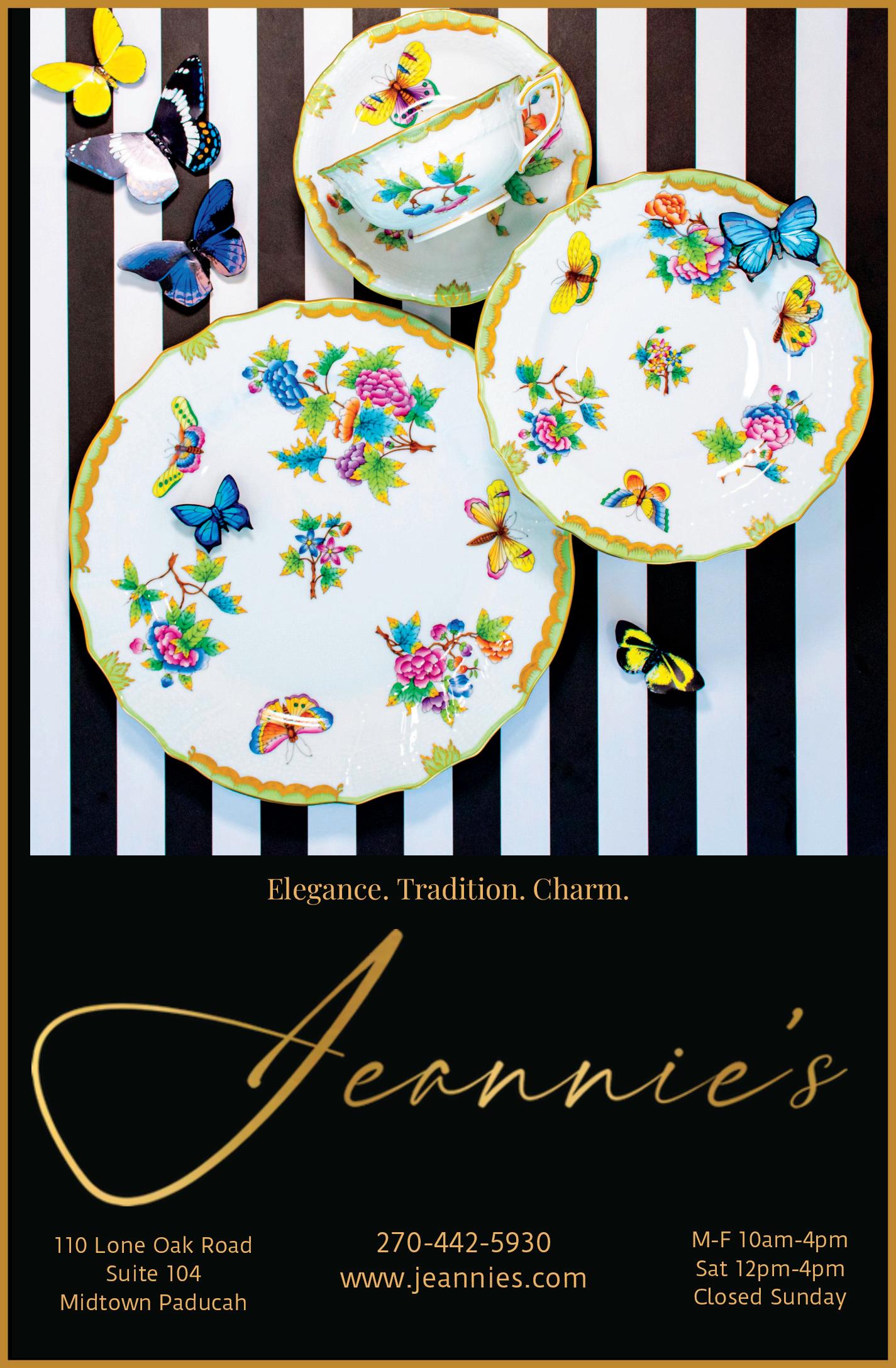


VERY FAIR MAY.
Members of the Paducah Garden Club don their brightly colored aprons, propagate a voracious variety of plants, plan, prepare, and present an event that is a bit Met Gala for the likes of morning glory, mahonia, and marigold. Fortunately for local garden gurus, 2025 was the year of the Mayfair!
This year’s event kicked off with a plant sale within the lovely landscape of St. Thomas More Catholic Church. Following the sale, attendees toured three private gardens and attended an outdoor luncheon beneath the shade of stately trees at the home of Randi Stovesand in The Pines. This year there was also an evening garden walk through the private gardens accompanied by elegant trays of wine and cheese.
This year’s spectacular offerings included the gardens of Julie Turok on Garden View Drive (appropriately), Sue Ellen Johnson on Woodland Drive, and Phyllis Stovesand on Whitney Drive.
Mayfair began in 1987. “We started the event to raise funds and to also stimulate the love of gardening,” said Sue Ellen Johnson, a long-time member of the Paducah Garden Club. “With every member donating ten plants to the sale, we are making more plants available to our community and beyond. It becomes an unconscious education as we expose more people to more plants.”
The home of Bob and Julie Turok includes an expansive cutting garden, vegetable garden, and a formal bed off the couple’s gracious patio. The 16x16 vegetable bed will produce a variety of tomatoes, peppers, beans, potatoes, broccoli, and cauliflower this growing season. The formal bed is inspired by English floral gardens of the Elizabethan and Tudor periods and consists of 38 tightly spaced Green Velvet Boxwoods planted in a symmetrical knot style.
The garden of Larry and Phyllis Stovesand features a newly built greenhouse, a butterfly garden, a sparkling pool, and an adjacent cabana. The lawn is graced with a grove of mature trees bordered by flowering garden beds. The rose garden borders a quaint stone path accompanied by two tangential circle beds.
“Despite the amount of work that is involved with Mayfair every other year,” said Chair Randi Stovesand, “everyone really enjoys the time we spend together making this marvelous event come to life. And it’s always nice to see so many friends and plant lovers attend the plant sale and tour the gardens. If you’re a gardener, there is nothing you enjoy more than sharing your passion with those who embrace the same love of digging around in the dirt.”

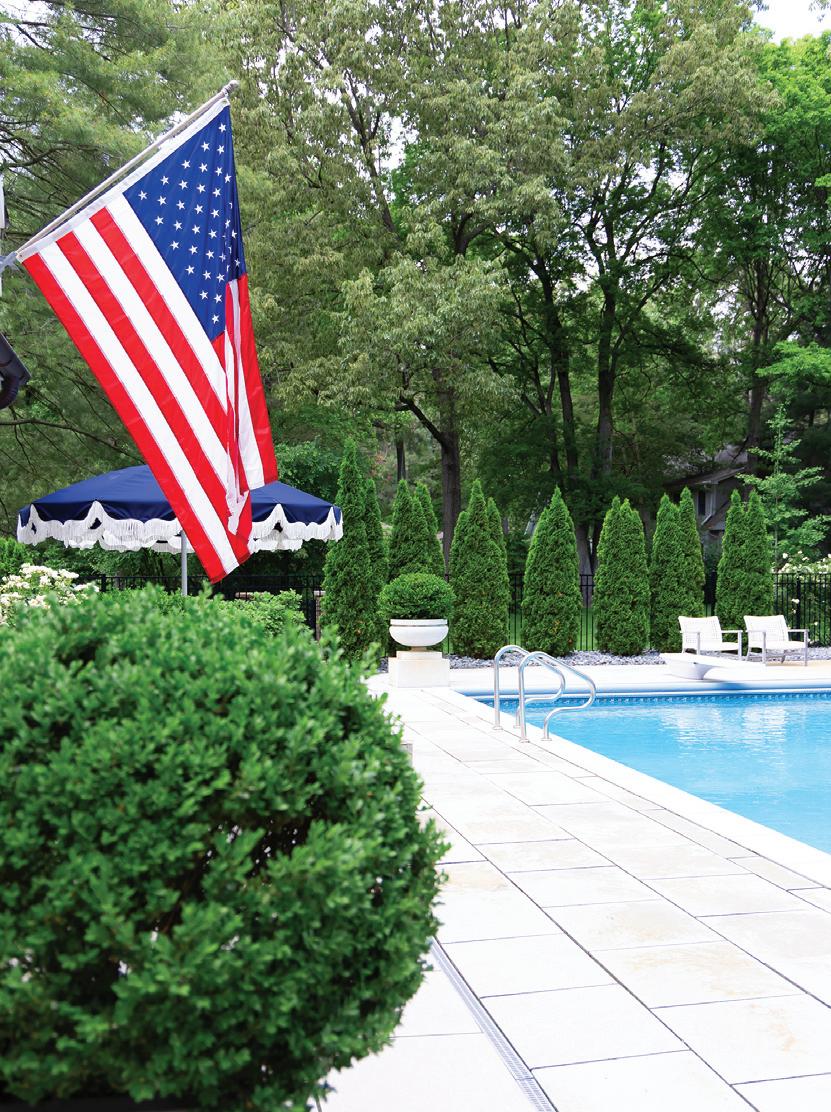
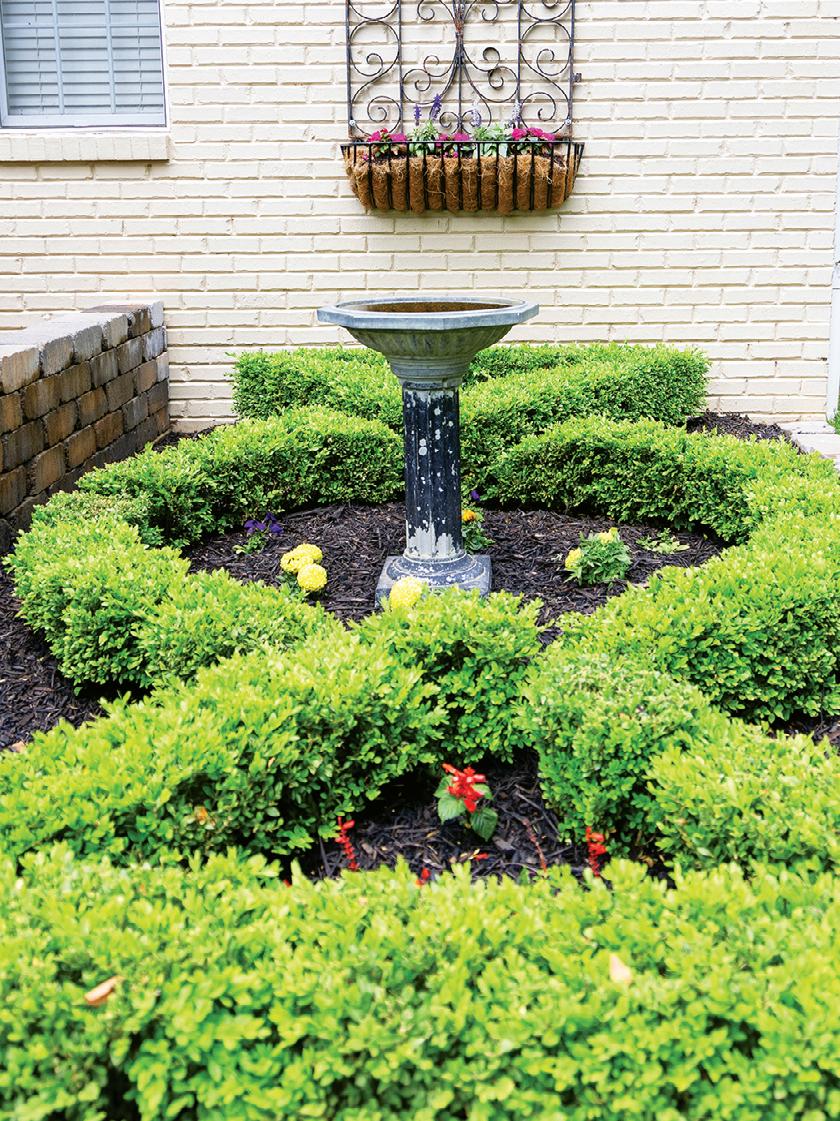


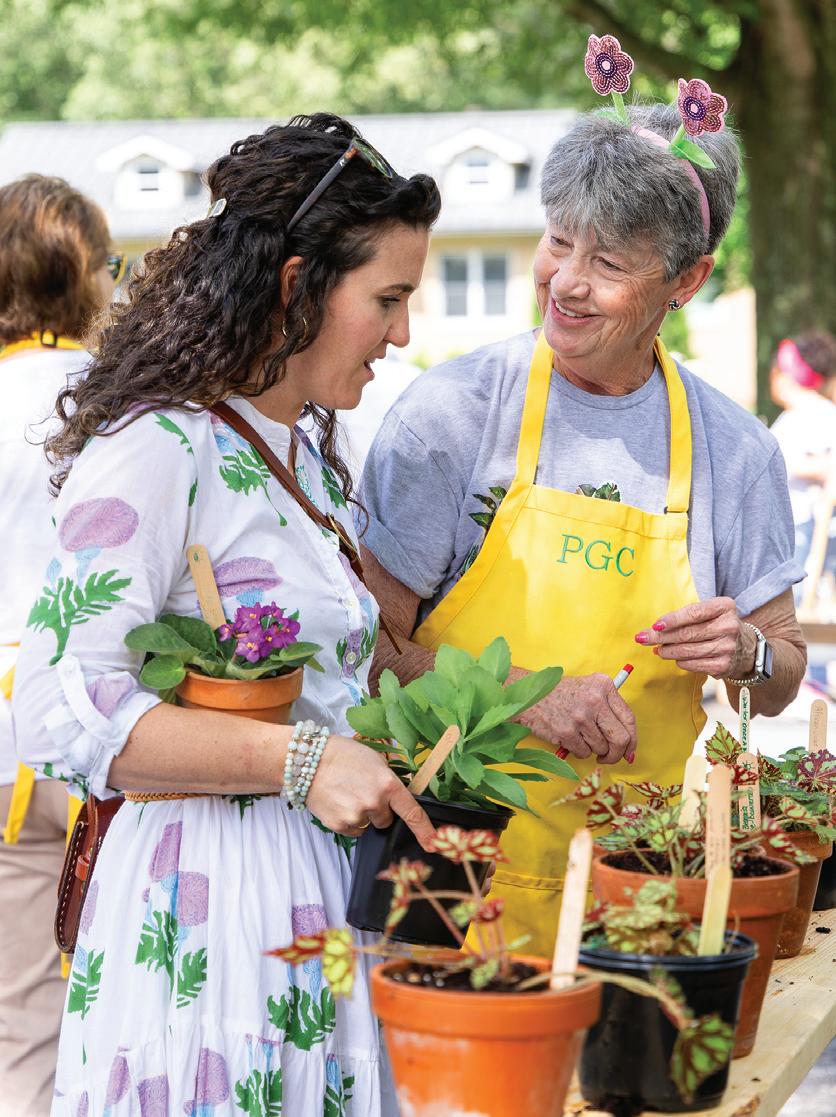
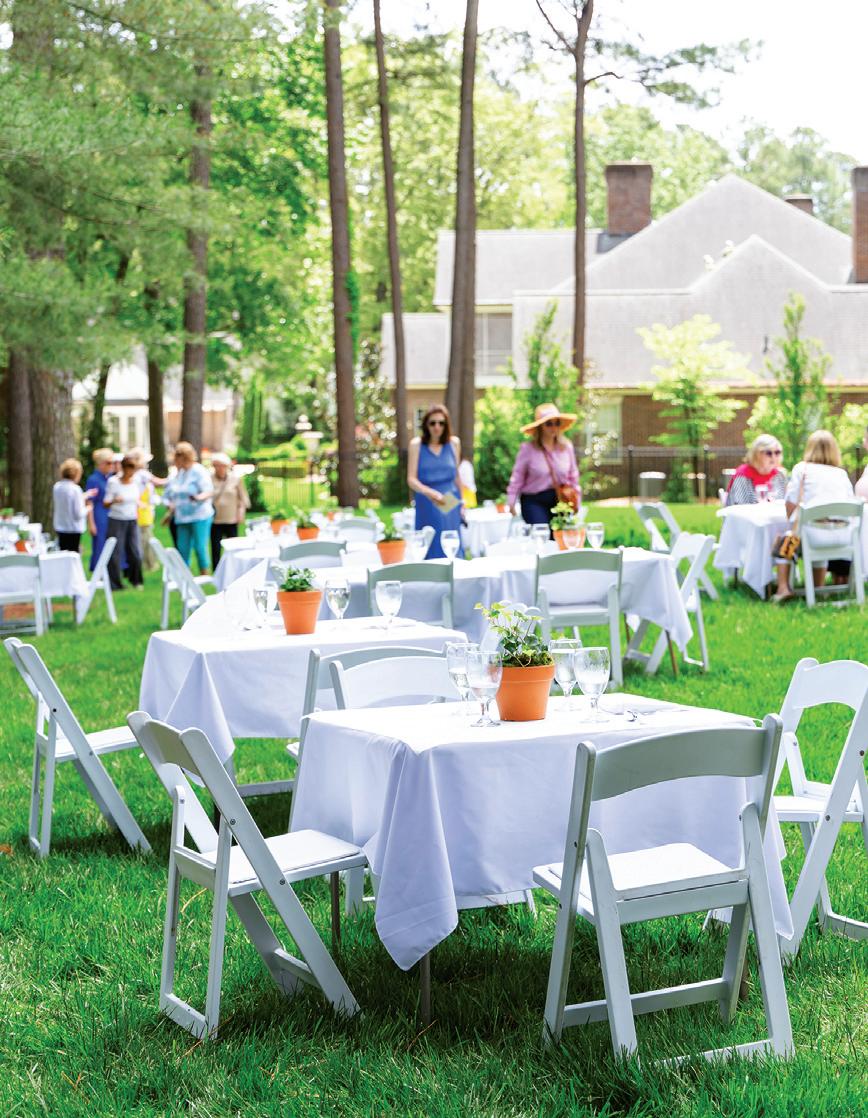





THE GARDEN OF JEFF AND SUE ELLEN JOHNSON was recently added to the Archives of American Gardens at the Smithsonian Institution. The archive houses a significant collection that documents the history of gardens in America. This includes the Garden Club of America Collection which is a substantial part of the archives.
Included in this collection of over 100,000 images are documentary photos of the Johnson garden which was established on Woodland Drive in 1969. The garden is a symphony of colors, textures, and scents layered over time. This evolutionary horticultural space in the heart of Paducah’s West End has been in a constant state of growth and development for more than a half century under the careful tutelage of Sue Ellen Johnson.
• Normal Brand Clothing
• Gentleman’s Hardware
Apothecary • Hazel Village
• Baby Lit Primers • Rie Paper
• Pappy & Company
• Winter Water Factory Baby Clothes
• Books • Vintage Home Goods
• Bourbon Barrel Foods
• Gift Baskets!
125 N. 11TH STREET
Follow us on Instagram & Facebook
Sue Ellen grew up on a farm. Her father was a livestock and crop farmer. So, when she began her garden creations, she wanted the landscape to have the rural feel of the farm where she spent her childhood.
“It’s an old-fashioned garden rooted in the best memories of a family farm and a taste for the fragrance and gray/greenness of a bit of the French countryside,” Sue Ellen shares.
Sue Ellen has been studying gardens and plants throughout her life by means of her experiments in her own yard, her work with the Garden Club of America, and her continual perusal of garden books each morning at her breakfast table. Sue Ellen’s garden is a testament of how a perfectly imperfect garden can be well . . . perfect. Paths of bricks have all been laid by hand by Sue Ellen and her family. The backyard feels like an extension of the home with a greenhouse on one side and a sunroom on the other. The juxtaposition of these architectural features aids in the transition from inside to outside. Visitors can amble from garden room to garden room, enjoying the intimate spaces designated through planting, materials, and function.
these

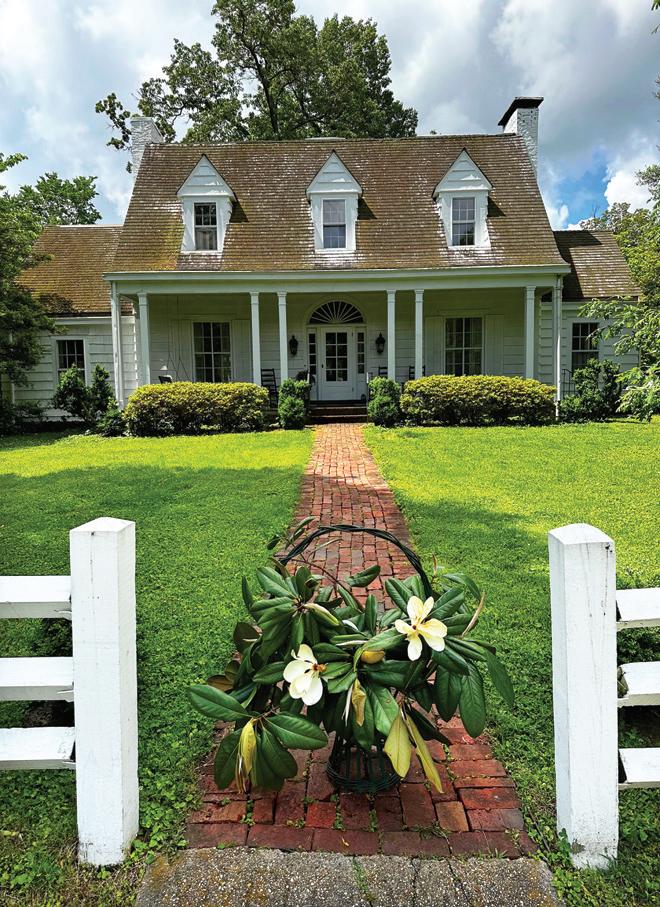
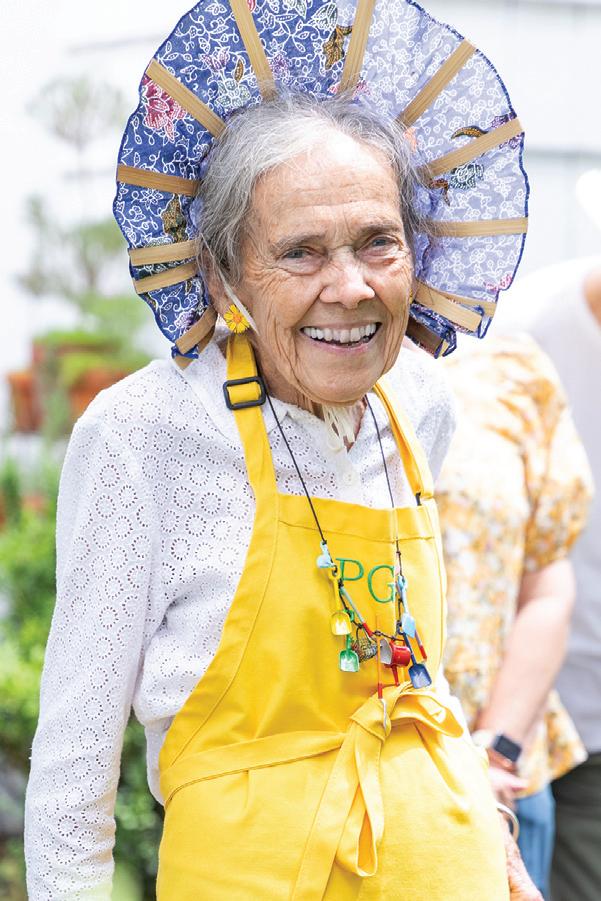

A vegetable garden is surrounded by a greenhouse, tool shed, wood shed, cold frame, and herbs sprouting out of old whiskey barrels. Towards the back of this vintage oasis is a small house where roses bloom and tightly pruned fruit trees give privacy to Sue Elllen’s picture window.
A small backyard playhouse has been enjoyed by generations of children who have lived in and visited the Johnson’s home over the years. In fact, the near-fairyland environment feels like a place for anyone to “play” outdoors and escape the rigors of daily life.
“The whole place is a bit unruly,” laughs this grand dame of gardens. “Our goals have been more towards cultivated chaos or rustic refinement, if you will. I hope we’ve created a place where the birds and the wind are welcome to effectively do some of the planting.”
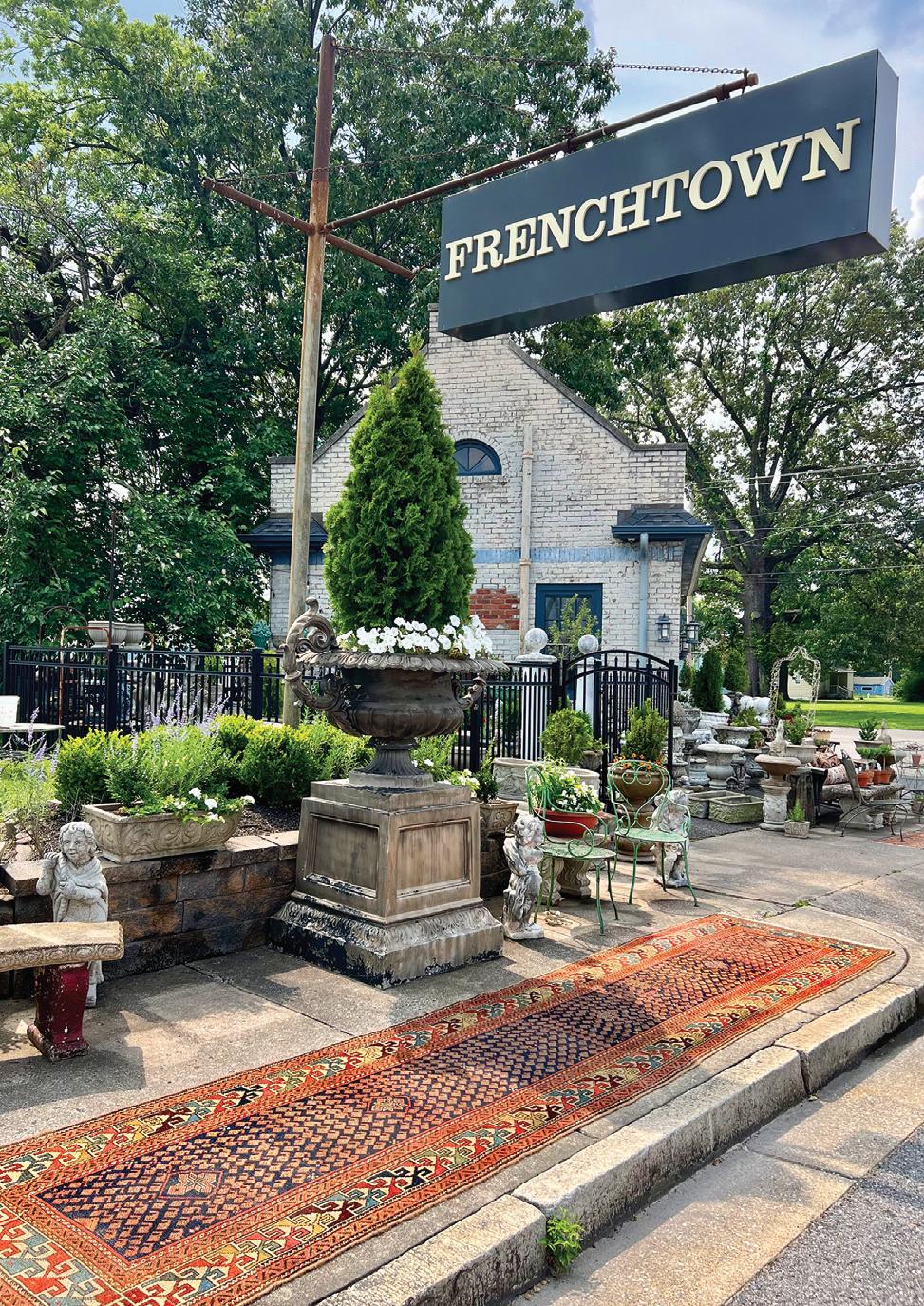









Frenchtown Station Receives Historic Preservation Award ★
by D ARLENE M AZZONE
THE PADUCAH Garden Club recently presented Chris and Ginny Hutson, owners of Frenchtown Station, with the organization’s Club Historic Preservation Award.
“I had the privilege of writing the proposal,” said club member Claire Key. “This award must be approved by the National Awards Committee of the Garden Club of America (GCA), and we don’t always receive approval for these applications. This was one of the most rewarding submissions I have done, and my GCA zone leader was fascinated by the Hutson’s renovation of their 1930s gas station into the unique boutique they have created in Paducah’s midtown neighborhood.”
“The Garden Club of America is very much about adaptive reuse and preservation,” said Ginny Hutson. “So, this was a lovely and absolutely unexpected honor.”
The historic preservation awards from the Garden Club of America are designed to recognize and promote outstanding work in the preservation and/or restoration of historic gardens or buildings of national importance. The organization has a long-standing commitment to protecting the environment through civic improvement and the preservation of historic sites.
Chris and Ginny opened Frenchtown Station in 2017 and was featured in the fall edition of PADUCAH LIFE Magazine that year. The building the duo lovingly brought back to LIFE was constructed for Three Rivers Oil Corporation. It was designed and built by a young Ray Black, who chose the English cottage style for the station. After years of neglect, Chris and Ginny transformed this community gem into what has become a nationally recognized source for antiques and garden accents.
“Possibly the greatest part about our block is that it went from being
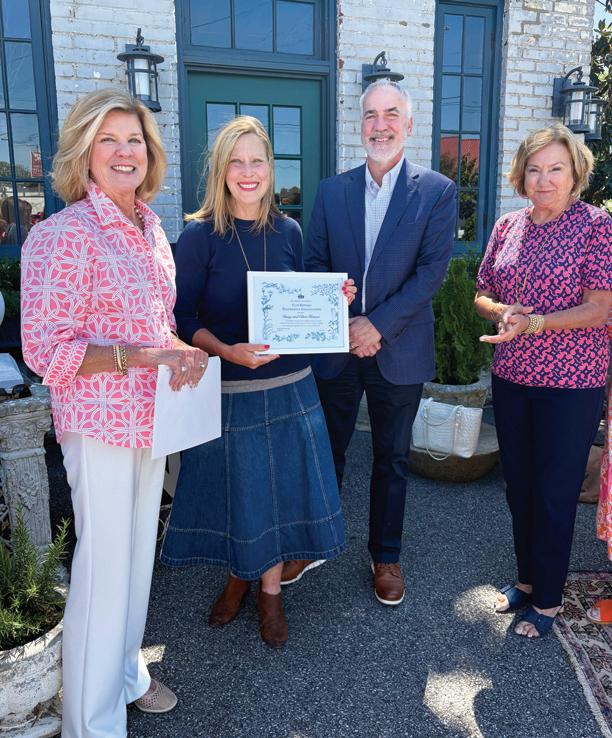

down for the count to a place where people from all over the United States come to visit,” Ginny added. “On any given weekend, we have people from around the southeast and beyond. We particularly love it when people stroll their babies down the sidewalk or locals ride their bikes down the street. It gives us the sense that we have not only given this historic building a new lease on life, but we have helped to enliven a Paducah neighborhood that has a legendary past.”


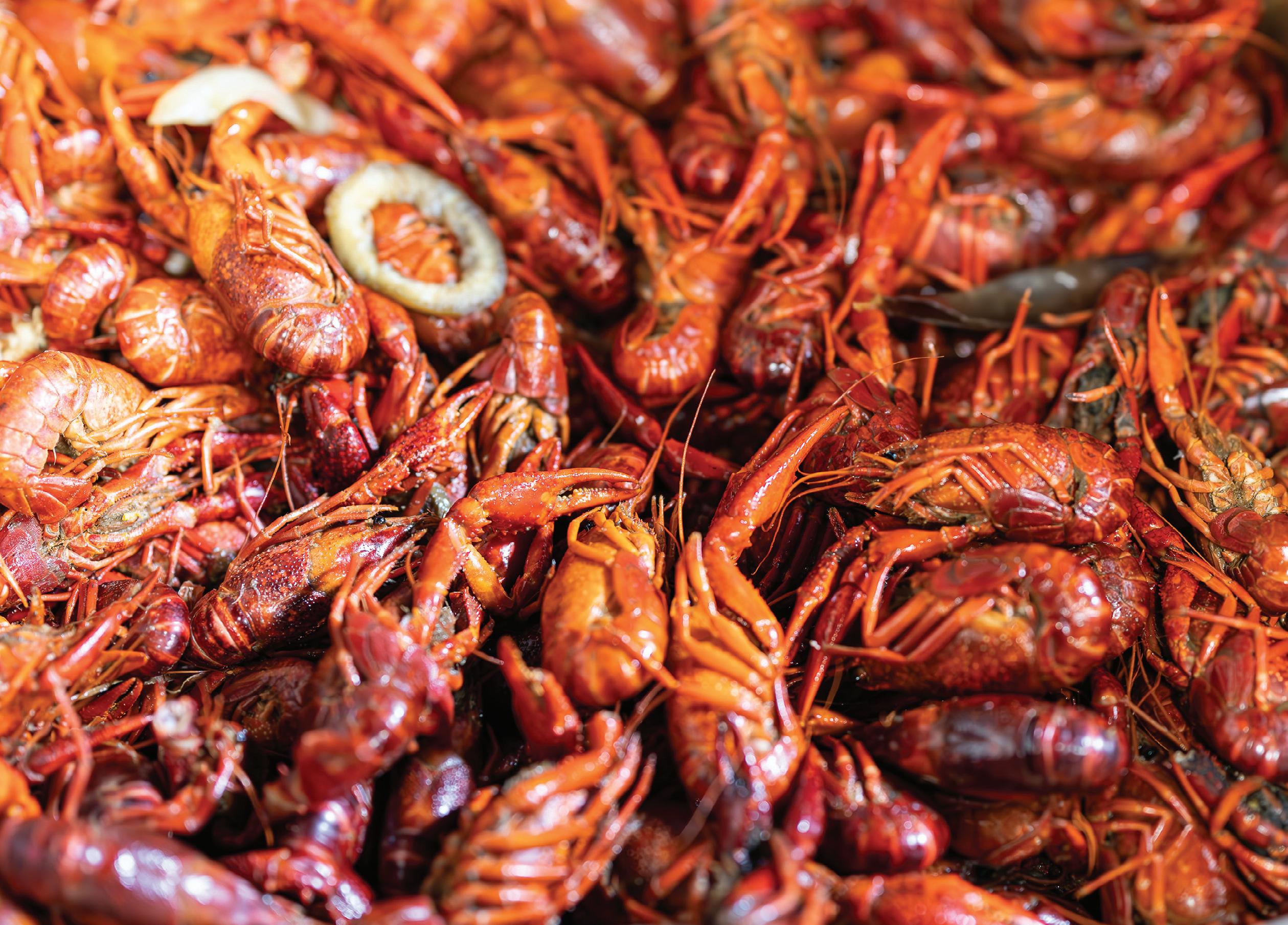
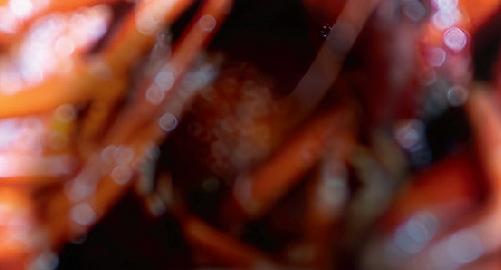


THIS PAST MAY, HUNDREDS GATHERED AT THE ST. JOHN’S Knights of Columbus Hall on Highway 45 to honor the men and women of the river industry. The annual Paducah River Industry Crawfish Boil, held in conjunction with National Maritime Day, brought together maritime professionals, their families, and community members for a celebration of hard work, connection, and community pride.
Established in 1990 by the late attorney E. Spivey Gault, the Paducah Crawfish Boil was inspired by a similar tradition in Greenville, Mississippi, his former home along the Delta. After relocating to Paducah to practice maritime law, Spivey brought the celebration with him, recognizing Paducah’s emergence as a hub for the inland waterway industry. With the support of local maritime leaders, he adapted the event to recognize the dedication of those whose work sustains the industry
“Spivey had tremendous respect for those who worked in the river industry day in and day out,” says Carol Gault, his widow. “He believed deeply in the value of hard work and community. He wanted to honor the people who often go unseen; those who keep commerce moving behind the scenes. This event was his way of saying ‘thank you.’ He also loved to celebrate life with his friends, which is what made the Crawfish Boil his favorite event of the year.”
Steaming trays of crawfish, andouille sausage, potatoes, onions, and corn filled the air with savory aromas as guests gathered under large open-air tents. Alongside those Cajun staples, fried fish and jambalaya rounded out the feast, all cooked fresh on-site by The Shack, a seafood caterer from Houma, Louisiana. The Cruisers, a lively local band, provided the soundtrack, just as they have for decades, while attendees mingled, shared stories, and celebrated the river industry’s enduring impact. Posters and T-shirts from past years, now considered prized keepsakes by many in the industry, lend a sense of nostalgia to a day built on tradition and appreciation.
"It’s about recognizing the river industry's critical role in achieving Paducah’s success. These workers keep our region moving. They deserve to be celebrated."
-Connie Derezza
"This gathering is more than just spicy seafood and a spring afternoon," said Connie Derezza, paralegal at Whitlow, Roberts, Houston & Straub, and this year’s event coordinator. "It’s about recognizing the river industry's critical role in achieving Paducah’s success. These workers keep our region moving. They deserve to be celebrated."
For Connie, who worked alongside Spivey for nearly two decades before joining Whitlow, Roberts,



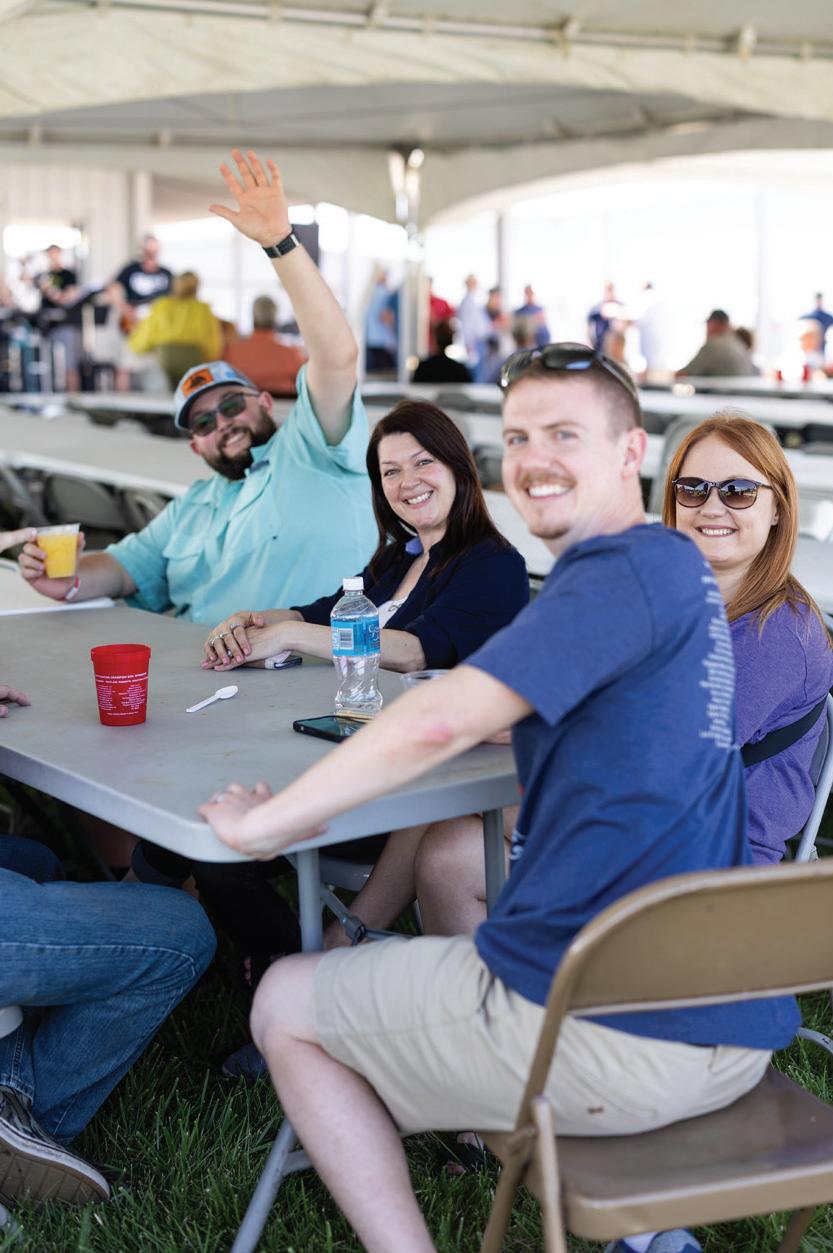


Houston & Straub, the event is deeply personal. The firm has supported her involvement every year since.
“I’ve been part of this tradition for 30 years now,” she said. “It brings me so much joy to see it come together and to see people reconnect, share laughs, and feel like one big happy family.”
Connie is quick to credit the behind-the-scenes help of Chip Abadie from St. John Fleeting in Reserve, Louisiana, who travels to Paducah every year to assist in pulling the event together. “I couldn’t do it without him,” she added.
Paducah’s location at the confluence of the Tennessee and Ohio Rivers cements its status as a vital inland waterway hub. The river industry supports thousands of jobs across western Kentucky, spanning from deckhands and captains to engineers, dispatchers, and logistics personnel. The economic ripple effects are wide, bolstering small businesses, strengthening infrastructure, and reinforcing Paducah’s place in national freight operations.
“I’m sure Spivey never dreamed it would grow this large,” Connie said. “But he would have loved seeing it grow into something so meaningful. He used to come to me in early March and ask if I was ready to get started. After he died, I felt like I had to keep it going. It meant the world to him, and it means a lot to me too.”
The Paducah River Industry Crawfish Boil is more than a meal; it’s a heartfelt expression of gratitude, a celebration of camaraderie, and a lasting tribute to the people who fuel one of Paducah’s most vital industries.















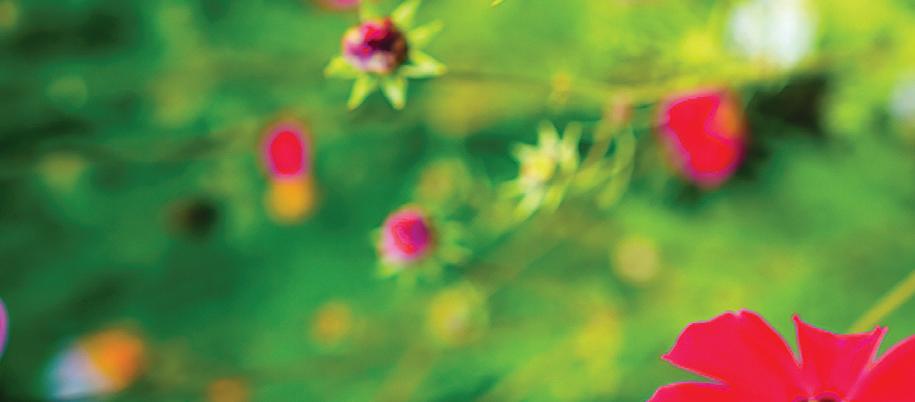


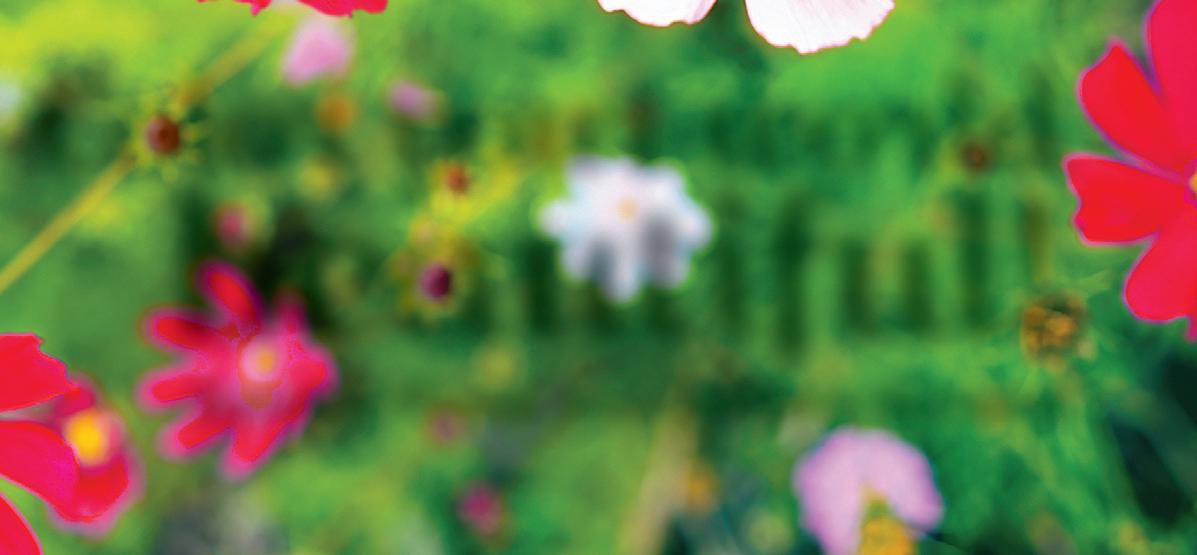

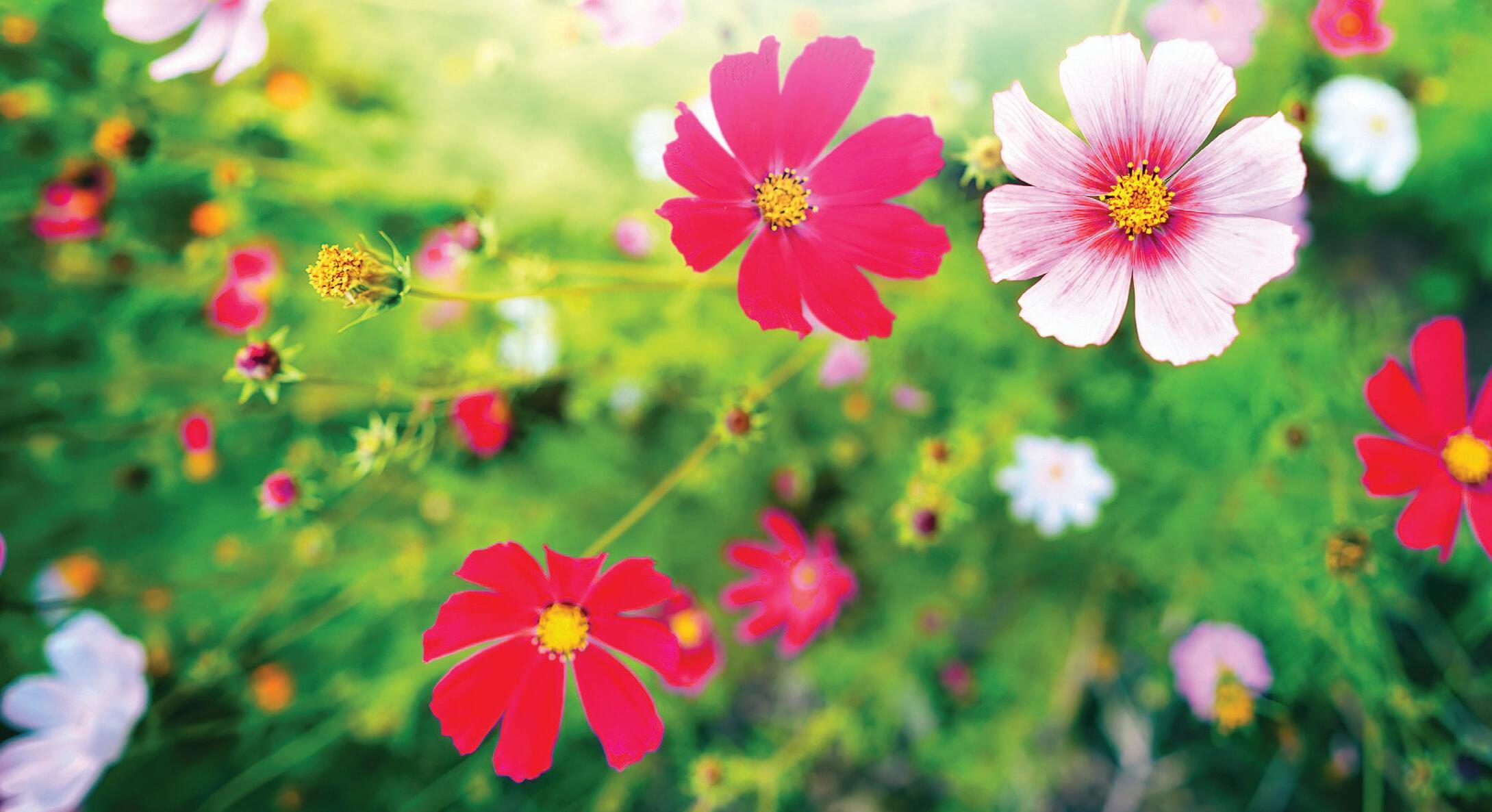



est of us sit up the r e omer to mak newc
e of e notic and tak
oundings. our surr
or a fo ed in one plac v e li you’v when ait that ommon tr c s a It’
e a lik g ’here s nothing e f

e chosen to you’v of the LIFE details g y e the man notic
e call home. w e e in this plac liv
whilehelping environsallthe foound explor truly to y and tak ene es on the sc v someone arri when e-up call wak So, it can be a
est of us to join in the the r
oach: ys of her appr who sa Malloy, Meghan g ntr e. I adventur
riter can attest to that. w This ” vity with positi orize “I terr
sation about onver her in our c with eep up d to k as har w It
y lapse of attention to fail to trul s an easy length of time, it’ goodly sparkling es the opportunity e their newf with ounter ) enc s name husband’ which is also her (w ”chance her “
atch a w e We visit par to lorida home in Louisville to F om their eks fr casional tr oc
e had seen w and V G lot of H
while helping ons all the oducing ( wn am about hometo progr a
e making wer e Chapman Chanc and alloy eghan M M north and south. es oute to plac while enr Paducah ents. “W TV










ant to ma “I just w goose logo using tist named local ar om her garage) fr adu that can call P w co Meghan is no
ONE needs a g Y vinced that EVER n
w ucah home! She is opening (for no
y ch Goose compan or aducah P the P
, of course, Barbara Jean as its focu g aduca o designed her P yCentimbr
aducah business and g rue P e it a t k
omote






s an makeover
e ork, so the local far etw ood N lot of F atch a w was home foor fo Their ” crew V G the H y ormed b fo en tr the w and see ho y this small c y top b we lorida, om F eturn trips fr o, on one of our r explains AL,” Waatumpka, as done in w nd one W ommunity ansf TV us stop for the night bef e heading
Meghan avel,” e tr w when h on our agenda
. ” Meghan laughs y, fabulous communit

ih hi eight h the fr n thi adds. O ys high wa is al e also We aducah. in P serendipito n had bee tow decided to st eghan. “So M “W timearound, foormation
ae, é de F fé fo took y st s fir
visit they in the former Caf
esponse to s. “Our immediate r ax’ ouse, and M
dhhd hP hil
s B Visitor the y ay ed a book s ho Paducah’ decided that so-called nor n Chan O good f really vernigh this o sta inf TootheirpreviousPaducah Meghanrecalls. ” ,
ould use another delightful dose of c y ) n) hail fr originally y s ( rtherner in the summer of 2024, the y ay ’ ce oncluded. she c ”foood,
new y visit to gather an st eau our fir Bur eet, and made tr imlight on 7th S The D at weekend, or the fo w e came do w . “So, ospitality
e this e should mak w about sites and stops
After their pr as fr w couple afternoon an Og Linda maps and pla ov eau pr Bur om t kudos fr at Be pizza a expe y time ar et s h . A oose culinary
aducah had some as that P w y ht sensational sta f s birthda the om Michigan they n f T
s and tella’ brunch at S added a y erienc
aducah evious P o their pr ecalls. eghan r M es, they e f
Visitors visit to the , our owever the duo. “H fooodie added mor y which simpl erwerks,
ab e to gr plac e than a CH mor ed to be MU
nd began her usual queries about e that eghan and Chanc omed M welc gden trips.” y an da
e the wher
ested in doing e inter wer what they om and
ed on a ask aducah, Linda or P fo ofuse pr r
ed with the goose obsession to pr volv others in would. actually they
aise f
As it e?” e her v e to li ou lik y would whim, “So, our t turned out...



































ee months l ed it, and closed on it thr v look, lo a
e Than A Silly Goose Y Mor WAAY She Paducah? Why er the questi w quest to ans a M
or sale fo w s house short—Linda’ y g Long story as f eghan has begun a ’s WA
After making
d abou eghan hear e, M v the mo g
which boasts mo America ch Goose Club of Por
s inner a eghan’ eleased M r ently eness appar awar
wasbutitjustseemed whatit
ough the stories of people and thr wade so fun, and as I began to as, but it just seemed w what it ousing W
eghan has M y So not onl intentions.” with good goose Wooodsen—a ean Gander J town—Barbara oundar g partner in car Paducah y ome m what has bec created y their geese, I ultimatel

oup called the gr Facebook t a friends: y g on fr foorward, y ay r . F ater
This s. 000 member , e than 200 r
T NAA. s D eghan’ in M gettable experie forg , c industry y veter 20-year a ve. to li lovely e—a and Chanc foor aducah a e P that mak ) to all the people a us e- or r (o g introducing us ( destination—and f As a hospitality unfor N w t kno ’ . “I don vocacy vian ad av
ould not e c We ed up to be. ( quack sit’ g s ev e us, it’ And believ
weekMeghan(andoften Each resist.)
wn ound to ) zips ar n J Barbara and often eghan ( eek, M w ea


took y Toown. wer e in Lo T They om that da f om her big city e all w WHY

hf
olific ideas that ar pr onicle th begin to chr pa few room on these omoting to off . So, sta menu f ery
wn. e our hometo lov of y deliv unending o fo social media tune y ay ffeer a all that P g pr with r s head Meghan’
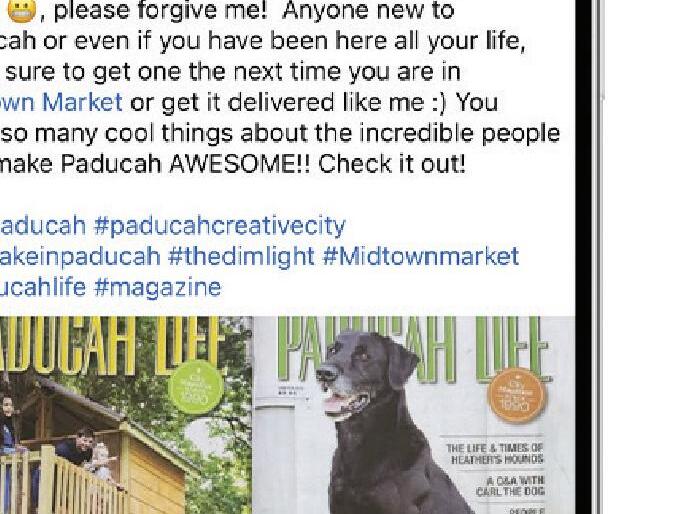


ter living in big cities “Af coou ’ e ce Ch Chanc sEnc
ea neighborhood is a br wer ’s Lo aducah , P years
esh air ath of fr own r T y s for man unteer wirling t
y a e the eas v e also lo W estauran eat r and the gr yalkabilit e the w v e lo W
aducah. things P L about weekly famous goose, as she posts beher no doubt soon-to- y joined b being w s no ’ aducah, but she P Why er the question, w to ans page designed Facebook a curated a ALL erything W P for outdoor activities
seghan’ or M ed to her aducah has d to regar in g e s vely e positi en ages to ev ’t e isn Ther e es ar enc creating an in the place Meghan delightful es and plac -introducing yonever , e Plus ccess to LBL nts (of course). wntown to do
FeStival





★
by C ALEB BUFORD
GRACE BALDRIDGE WAS IN HER FRESHMAN YEAR OF COLLEGE IN BOSTON when life took a turn for the worse. She was injured, broken hearted, and overall struggling with her mental and physical health. Her grades were in bad shape which prevented her from returning to school the next year. Her parents had just moved back to the United States (Paducah to be exact) after spending years in Belgium, the home that Grace had known for most of her life. After a heartfelt conversation with her parents, they encouraged Grace to come stay with them for a while. That voice of encouragement led her to Paducah—a small, creative retreat that was an unexpected, yet welcome invitation to creativity and personal reflection when Grace needed it most.

Grace, who performs under the stage name Semler, is a nationally known Christian artist who recently released her first album, Revival in My Mind, in February of 2025. The ninth track on the debut album, titled “Little Light,” features a nod to Paducah, as the autobiographical song shares a part of her story for the first time. “The chorus for Little Light came to me when I was getting dressed. I was standing in my closet and I remember recording a voice note,” Grace detailed. “From there I worked backwards in a storytelling sense—I was thinking in the context of a debut album. You want to introduce yourself to the listener and I felt there were some pieces of my life that I had not shared—the Paducah chapter being one of them that I had not shared in my songwriting.”
Grace would spend about a year in the new creative city that was now her “home.” It was a town yet to be discovered by her but filled with the love of her family. She worked some odd jobs, attended classes at West Kentucky Community & Technical College, and, with any true story, made some new friends in new spaces. “I didn’t know anyone there but I knew enough to be like you don’t make any new friends by staying inside,” Grace recalled. She decided to try something new blended with her love of music; audition for Clemens Fine Arts Center’s fall production of the hit musical Nunsense. “I had never really done musicals,” Grace admitted, “but I did like performing and I always connected with creative people participating in shows.” She continued to find new creative outlets, including an open mic night at Etcetera Coffeehouse. Every Friday, Grace alternated performing stand-up comedy or singing, an opportunity she cherished to find her own creative voice. “I really enjoyed that artistic community where people were just really wanting to encourage each other,” Grace expressed. “It’s pretty rare…that there’s true open mics where you get to express yourself and there’s no judgement. It really helped me get more comfortable sharing my music.”
Even as Paducah served as a place where Grace was able to find her creative spirit, she most importantly found a place to slow down and get a better understanding of her identity. “I remember just how scary and difficult it was to admit to people how bad things had gotten for me,” Grace recalled. Grace believes Paducah gave her the opportunity to “recalibrate,” address her health concerns, and really find

what she wanted to do with her life. “Things are not always going to work out in a linear way, and things are not always clean cut, but there is always help and support. There are people who care about you and love you and it might be people who surprise you.”
Now traveling the country, most recently with sold-out shows in Nashville and Chicago, and soon to be traveling to the United Kingdom this fall, Semler has launched a successful music career with a wide audience. But even as Semler continues to grow in popularity, Paducah still holds a special place in Grace’s life and career. “I think if I had not had my year in Paducah, I don’t know that I would have been brave enough to choose a creative path,” Grace said. From the musical to open mics, Grace felt she found a new sense of courage. “If I could be brave in those rooms, I should be brave in other rooms, too,” she thought.
Grace’s parents still live in Paducah, the town that she may not call home, but credits for formative years that helped her become who she is today. Any chance Semler might grace us with her creativity once more? She’s interested, she said. “It would be a dream of mine to do a Paducah show this summer,” Grace said with a smile in her voice. “I tried to get a show at the Paducah Applebee’s for old time’s sake, but we did not hear back,” she laughed. But most importantly, she hopes Paducah understands the creative power it has. “I hope people in Paducah know how special this community is. There’s a tender energy that I found very healing when I was in Paducah and I’m thankful for it.”
EDITOR’S NOTE: LISTEN TO LITTLE LIGHT AT SEMLER/LITTLE LIGHT ON YOUTUBE.








I'm on a roof in Massachusetts
Slow and sick and less than useless
Blood thick as the snow below
If I fell from here no one would know
Conversation overload
"How are you doing?"
I don't even know
I wanna change my mind
Change my clothes
I never knew a heart could be this broke
But I went through the window that night 'cause if I can't fly then I'll fight
Before the morning frost set in I got myself up out of Boston
There's a city on a hill where I go
Full of everyone that I love and know
And I find you every time
This little light of mine
Made it through a night in the rain
Wrestled tooth and nail for my name
And I find you every time
This little light of mine
Wounded up in west Kentucky
Less than broke and less than lucky
Hopeful for a friendly soul And company on lonely roads
And I found some good ones 'round the way I think they knew that I never would stay
But I'll always raise a hallelujah
For the year that I spent in Paducah
There's a city on a hill where I go
Full of everyone that I love and know
And I find you every time
This little light of mine
Made it through a night in the rain
Wrestled tooth and nail for my name
And I find you every time
This little light of mine
Oh Oh Oh
Oh Oh Oh Oh Oh
I find you every time
Every morning
I will find you
I won't leave yet
I won't try to
Every morning
I will find you
I won't leave yet
I won't try to
There's a city on a hill where I go Full of everyone that I love and know
And I find you every time
This little light of mine

















n f Whether it’s he your home or h and fr r iends,na choicethatsave It’s also safer, m the environmen energy resource powering your energy enjjoying / rf f ating your water, warming elping you cook fo o fa a mily turalgasisthesmartenergy syouboth time and money. ore efficient, and better for t than other traditional s. So spend less energy dream home — and more it. Choose natural gas. /ddreamhome gas ura nat without atmosenergyy..com

O S Fm nc hs bn pon


by utchison Amanda

or ’s w a mission that y Williams and An Jefre
obinson ar ea R dr
On undaze I “S
kick y adults pla
A

e basking in the sunshine of ys for local families eate better da king to cr
MAR IN Y SUNDAY COOL A N


AUUTIFUL B A ENJOYED PEOPLE SEVEN 2021, OF RCCH R EA
afternoon together at Robert Co
e in evolv y ould quickl w that y simple, fun da as a w t ark. I oleman P
Sunday a nto a
Robinso Andrea
ys, the unda ee S se of just thr our
eate had cr ealized that they on, r
The P n undaze I adition called S r effery
c t p as he paints a y ffe ys J sa ”kball, begins right after chur ark The P
Th y ould multipl w attendance
e music, an v , li J DJ e a v av We ch. or fam fo truly d something
eds of families in or hundr fo ark f special f ha D
e of the ev ictur
n the sum ent. “I

ovi e to pr chanc a or their c fo fo ed fam -resourc our under onomic time, it is this ec when school is out and espe mer
kidsIkn
baske y en pla ood. Childr fo d fr aducah. milies in P W ffeery ent, J s of the ev foounder got out y d quickl Woor Paducah. W he f eff ee f enough food f this is y t is simpl my g ome. “When or ten fo awway of niversity in 2008 and aducah om P fr e to v es ha e meal, but foor fo en, so childr ve milies to ha foor s har during ecially etball and the illiams and er the v and o d f ide food f a f finding e, and that fe eturned, I ended up fi I r ed ho mov y ffe s, J year g Louisville. n ed to attend the U mov ilghman High School T graduated y ffe J about.” y w s one less meal familie it’ s just one it w kids I kno orry effery
sjstnit’
oundation ) F (CGL) y Gro y and his y ffe ark, J The P n undaze I Out of S effery Community wth Legacy L e friends in high s wer o The tw n
After being effery purpose in lif
ea, decided to star Andr partner, onnected in 2019 rec y chool. ganization calle rg non-pr t a ” supported me. commun y , m returning I’ve idea y v aducah. E P ould I c t think ’ but I don e. “I l voic passion in his shares y ffe J Paducah,” pp effery ery ofit or They ffeery 9 as J The ed e has her y e e had sinc avve d ev avveling, e tr lov with clear s p a er lea ity eff
was traveling for work for the Andy Beshear campaign. “We started talking about non-profits so I gave him a book about non-profits,” Andrea recollects. “I told him, ‘You have so many ideas you really should start something.’” In 2021, after working on a senate race in Georgia, Jeffery returned to Paducah to stay. The pair got down to work. “As soon as we reconnected it has been non-stop, thousands of hours, sleepless nights, and ups and downs,” Jeffery describes. “It has been beautiful to see how our foundation has grown.
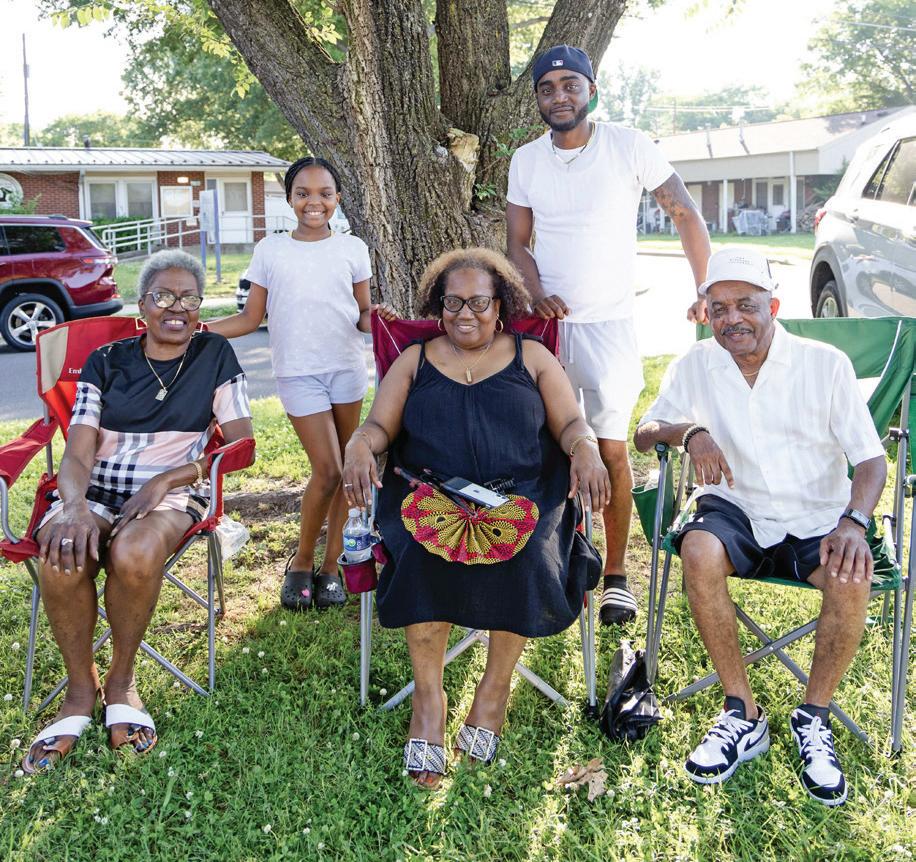
“Andrea is the control center. She is the only one who understands me and can compartmentalize my ideas. She will say, ‘Jeffery, here is all the programming that you are talking about. Here is all the networking that you have, and here is how we can make it work,” Jeffery shares with adoration. “She is my business partner and soulmate.”
Aside from Sundaze, the CGL foundation hosts the annual Northside versus Southside basketball game at Tilghman High School the day before Thanksgiving (an event Jeffery actually started in Paducah in 2011). “The Northside/Southside rivalry dates back over half a century to the 1950/60s when there would be an annual Northside/Southside softball game,” Jeffery explains. Jeffery’s mother and siblings all played in the games. At the basketball game they distribute the foundation’s Hometown Hero Award to those in the community whose work and character deserve recognition. “Hometown Hero started with profiles that I wrote and posted online featuring unsung heroes such as teachers, coaches, and barbers,” Jeffery says. “We got so many shares and comments that we started including it in our annual game.”
The CGL foundation recently secured a pilot program with the Paducah School District called From Boys to Gentlemen, a program aimed to mentor youth. “We need our fathers, our mothers, and our families involved in our children’s educational journey,” Jeffery explains. “With the program we are able to recruit fathers and prominent figures from all generations to help.”
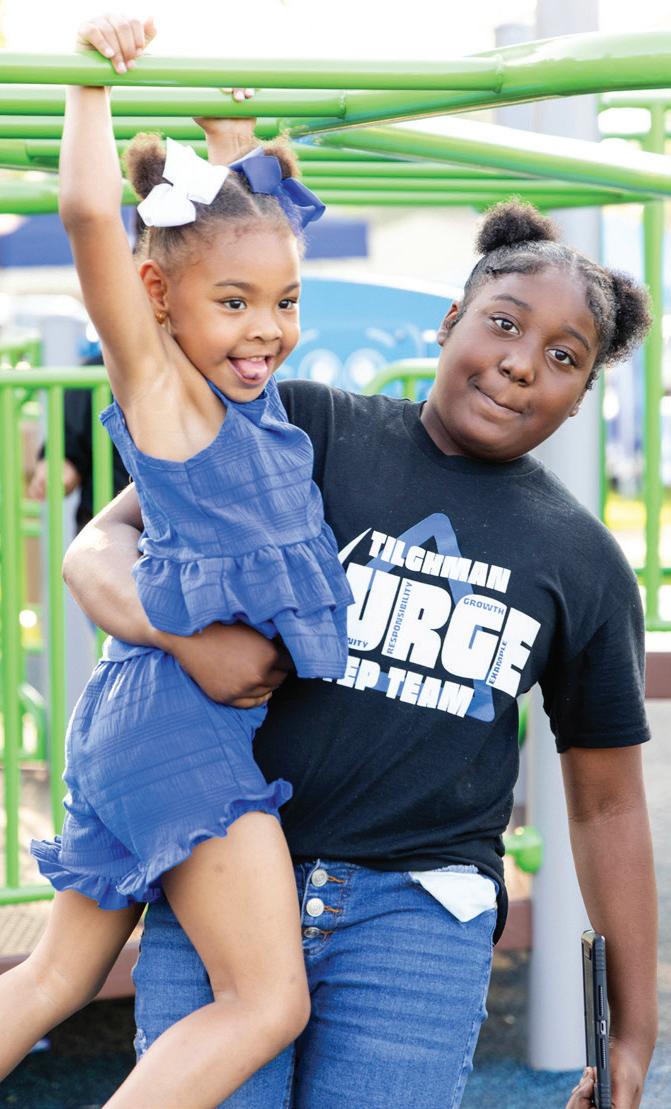



In May of this year, CGL kicked off its summer programming with a Northside versus Southside softball game at Noble Park, just like the game Jeffery’s mother played. The next day was the first Sundaze for 2025. Along with free food, live music and games to play, CGL invited organizations to market the resources they have for families. “We have been able to help increase registration for football and basketball for the Parks Department,” Jeffery shares. “But that’s just one part. I want the city and school system to be able to utilize this event and our foundation. Our homeless population is growing. We want our event to be a place where those who need it can find resources.”
Jeffery and Andrea want to expand Sundaze In The Park to reach any family who needs support. “Our plan this year is to diversify and scale our event to reach everyone. This is not just for the Southside but for all of Paducah. This is us coming together, overcoming obstacles, and passing around resources,” Jeffery shares. “Our slogan is our community is your family and I truly believe that. Creating all of this has been an incredible experience. I wake up every day and feel like I’m living my dream.”







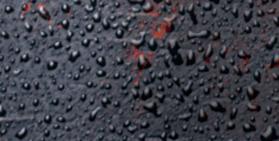

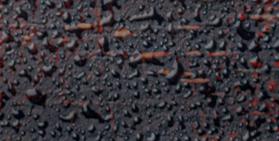




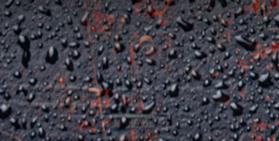

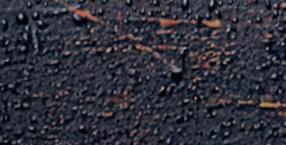

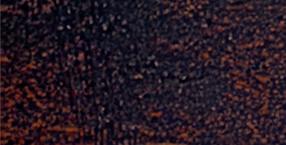







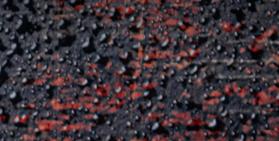









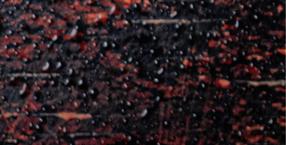



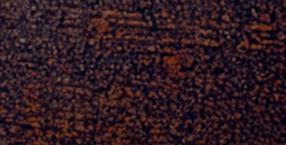
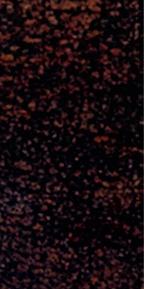

BY ALYSSA PHARES, EXECUTIVE DIRECTOR, PADUCAH CONVENTION & VISITORS BUREAU
WHEN PEOPLE HEAR THE WORD “TOURISM,” THEY DON’T AUTOMATICALLY think about their own communities being somewhere people want to visit. But, what’s easy to overlook is just how much visitors and tourism impact our everyday lives here in Paducah.
I’m here to tell you: Tourism isn’t just something that happens to a city. When done right, it’s something that happens for it.
Every time a visitor books a room, fills up their gas tank, grabs dinner downtown, or buys a locally made gift, they’re infusing our local economy with new dollars. In 2024, tourism had an economic impact of $321 million in

The team at the Paducah Convention & Visitors Bureau works hard to make sure people are finding their way to Paducah and adding dollars to the local economy.
McCracken County. That’s revenue that supports jobs, keeps small businesses thriving, and helps make Paducah the vibrant place we all love to call home.
So, what exactly do we do at the CVB? In simple terms, we tell Paducah’s story beyond our city limits. We craft the invitations that bring people here— from targeted digital campaigns in key drive markets to working with travel writers, groups, conferences, and special events that come to town. We’re also open and ready to assist every visitor who walks through our front door.
It’s important to know that tourism doesn’t just happen. It takes strategy. It takes partnerships. It takes data, and creativity. And it’s not just the CVB. Our artists, chefs, musicians, entrepreneurs, and front-line hospitality workers are the heartbeat of the visitor experience. We’re constantly working to ensure our efforts are meaningful—not just to travelers, but to residents. We ask ourselves: How does this help Paducah grow sustainably? How does this benefit our neighborhoods, our downtown, our schools, our sense of place?
Tourism isn’t a department tucked away—it’s a force that flows through our restaurants, our galleries, our festivals, our sidewalks. It brings energy and opportunity. It reminds us that where we live is somewhere people choose to visit.
Follow @paducahcreativecity on Facebook, Instagram, LinkedIn, and TikTok!

the
“On a day when the wind is perfect, the sail just needs to open and the world is full of beauty.” —Rumi

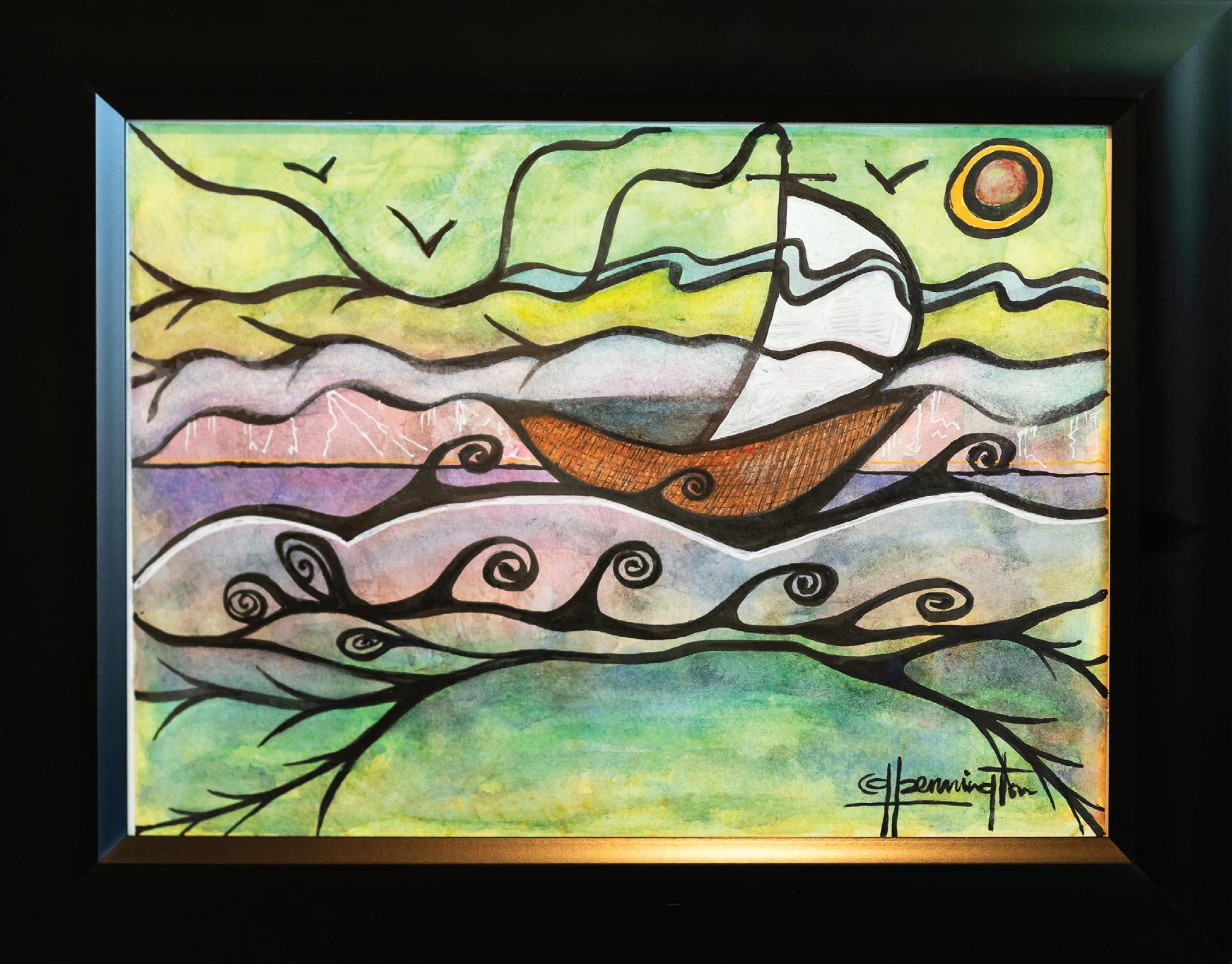
PADUCAH LIFE


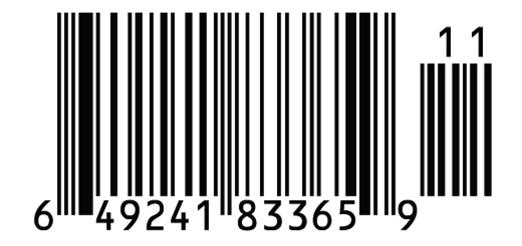

WHEN IT COMES TO LEADING WITH INTEGRITY AND EXPERTISE, SARAH SUITOR DALLAS BRINGS IT ALL HOME.

s Chief Lending Officer at Paducah Bank, Sarah combines more than two decades of financial services experience with an impressive academic background and a lifelong dedication to excellence. From earning her degrees in Finance and Marketing at Auburn University—where she played Division I tennis on a full scholarship—to completing her MBA at Murray State and pursuing a graduate-level degree from the prestigious Pacific Coast Banking School, Sarah has consistently pushed boundaries to better serve her clients and her community.
Since joining Paducah Bank nine years ago, Sarah has led with a strategic vision, earning the trust of customers and colleagues alike. Her deep understanding of lending, combined with her Series 6, 63, and California Life Insurance certifications, equips her to guide individuals and businesses through every financial season.
A Lone Oak High School graduate and two-time Kentucky state tennis champion, Sarah’s competitive spirit is matched only by her commitment to community. She’s a graduate of Leadership Paducah Class 29 and Leadership West Kentucky and is past Chair of the Merryman House Board. At Paducah Bank, Sarah Dallas is more than a Chief Lending Officer—she’s a champion for Paducah’s people and progress.
